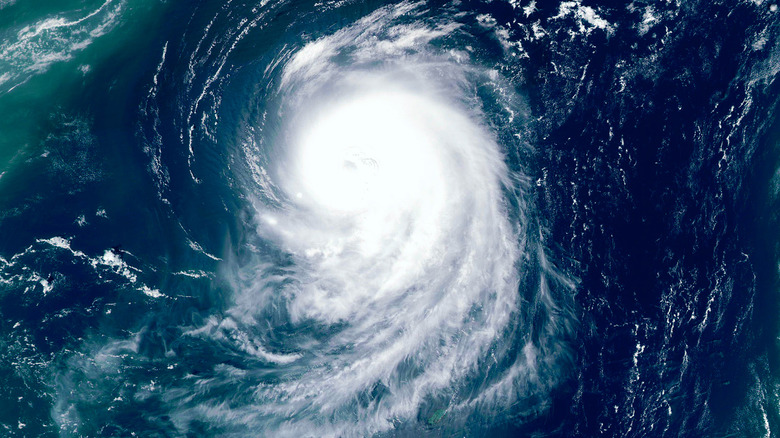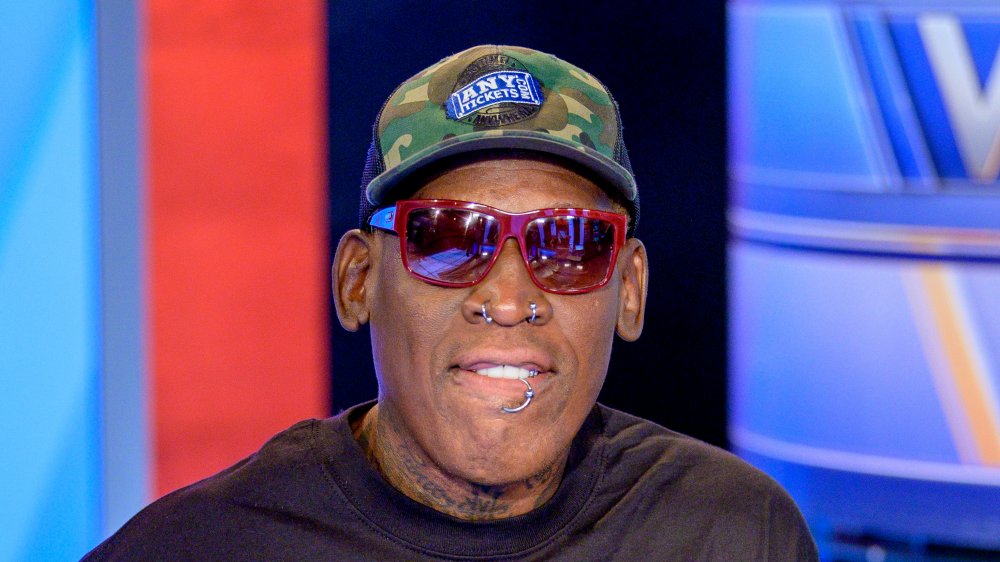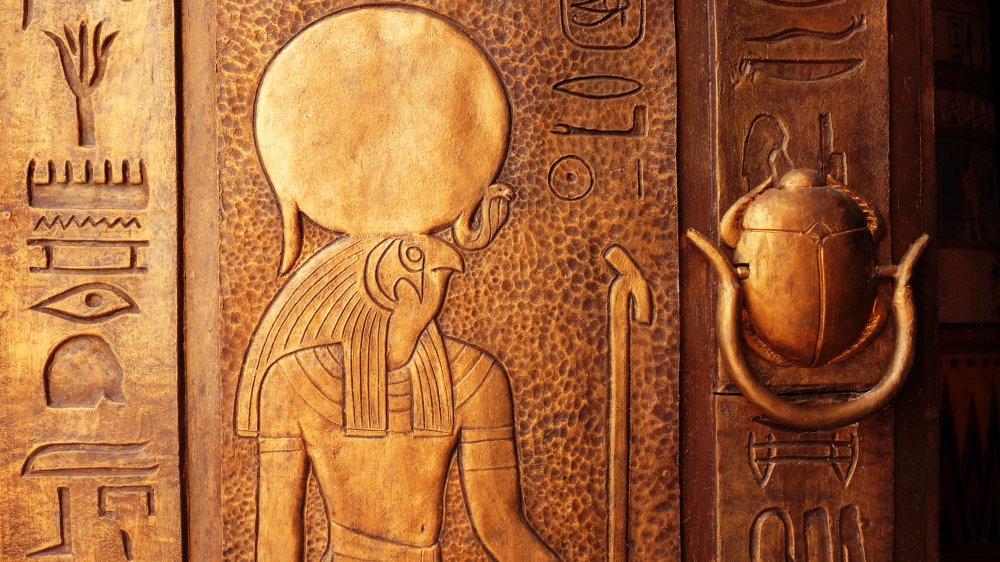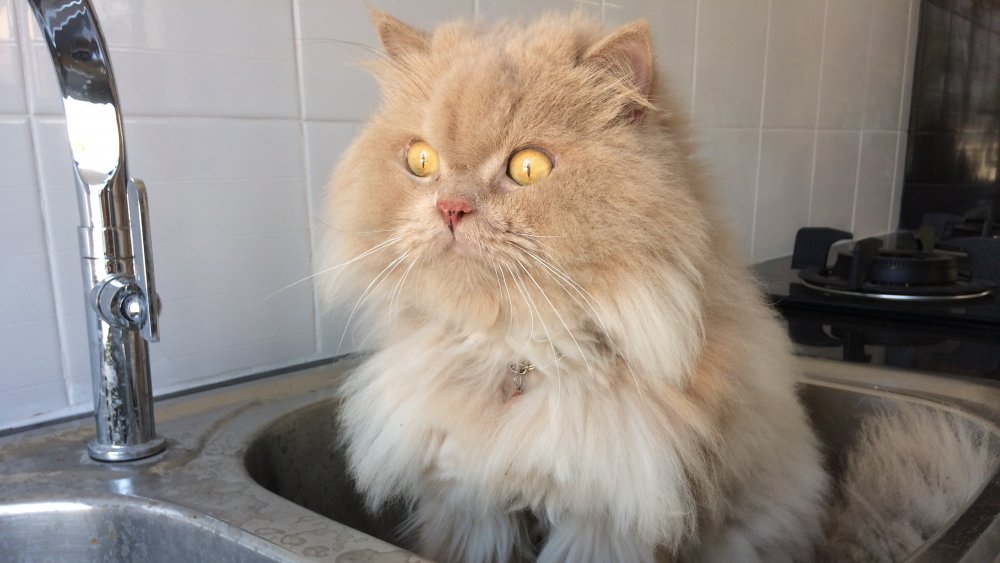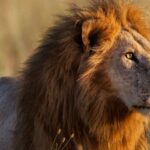
Most Dangerous Species on the Planet
The deadly animals on this list are ones that even animal lovers will want to avoid at all costs. Here is a list of some of the most dangerous animals in the world.
Poison Dart Frogs
Living in the tropical, humid regions of South and Central America, these poisonous frogs can kill 10 people with their poison. They get their poison from their diet of ants, termites, and mites. Small, but deadly, these frogs can be as small as 1.5 cm in adult length and weigh on average a slight 1 oz.
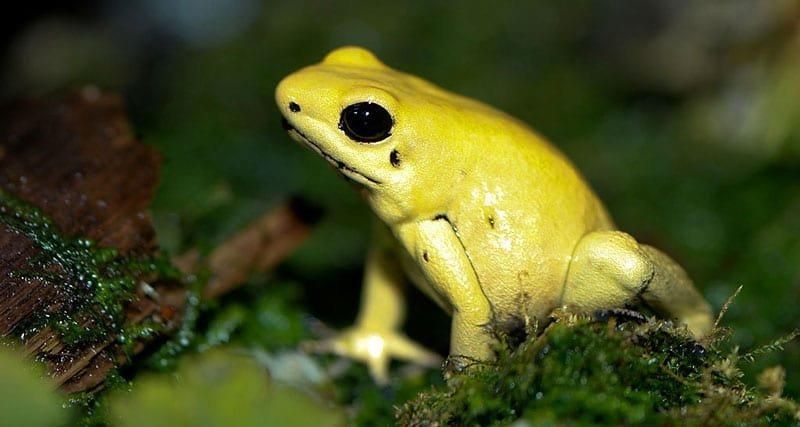
Why are they called Poison Dart frogs? Indigenous tribes used their poison to make poison arrows when hunting for food. While their bright colors are stunning, they are a sign of the toxicity of the species and a way to warn potential predators to stay away.
Polar Bear
These animals will eat anything in sight that has meat on it. They don’t usually kill humans, but this is probably because they live far out of reach. These marine mammals live within the Arctic Circle and spend many months of the year on sea ice, hunting seals.

They may seem cute on T.V., but don’t let their looks fool you; these creatures will tear you apart. They weigh around 350-700 kg and can cover many miles on foot and run on land thanks to their large limbs and feet.
Green Anaconda
The wet areas of the Amazon are home to one of the largest non-venomous snakes, the green anaconda. It is the world’s heaviest and one of the longest snakes, growing up to 5.21 m. It is characterized by its olive green shade, with black spots along the length of its body and a distinguishing yellow stripe on one side.
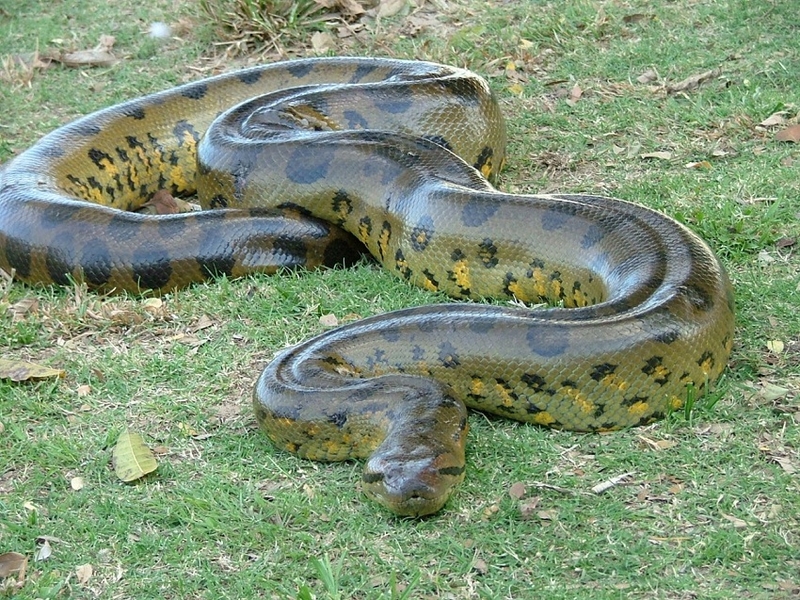
These spooky critters can see what lurks outside of the water while staying almost entirely submerged, allowing them to wait sneakily for their next meal. They live in swamps, marshes, and slow-moving streams, mainly in tropical rain forests. They kill by constricting their prey and swallowing them whole. While you wouldn’t be their first choice of dinner, it’s recommended you steer clear.
Mediterranean Black Widow
Just by looking at it, you can tell that this spider is ten times more dangerous than the original Black Widow. This arachnid, with its crazy design and large venom glands, is much deadlier than the original Black Widow. You do not want to be by this tiny but very deadly arachnid, especially the female spiders, as their unusually large venom glands are extremely harmful, specifically to humans. You can distinguish the female from its male counterpart by its dark brown or glossy black color with a red or orange hourglass shape on their bellies.

And don’t let its name fool you into feeling sorry for it. Their names come from the practice of females eating males after mating. Males usually select their female partners by sensing chemicals in the web which tell them whether the female has eaten already.
Millipede
The dangerous relative of the centipede, humans luckily don’t have to worry much about this animal. They pose more of a danger to ants and other larger predators by burnings through their external skeleton and irritating the predator’s skin and eyes. They do this by excreting poisonous liquid or cyanide gas through their pores.

They are found in all continents except for Antarctica, even in such areas as the Arctic Circle. They usually live in leaf litter, dead wood, or soil and have a preference for humid temperature. In various cultures, millipedes are associated with special powers and are used to treat fever, hemorrhoids, and pregnancy and used for business rituals. While they aren’t dangerous to humans, native people in Malaysia do use millipede secretions in poison-tipped arrows… so be aware.
Bullet Ant
Any animal with the word bullet in their name is probably a cause for concern. This animal’s bite is comparable to a bullet wound and makes your skin throb, hence its obvious name. Their bite will leave you burning and pulsating for up to 24 hours, with no mercy.

They are found in human lowland rainforests in Central America. These ants can measure up to an inch and have sticky feet to allow them to climb anything. Just make sure it doesn’t climb up your leg.
Blue Ringed Octopus
This is definitely not the kind of octopus you want on your dinner plate. While only the size of a golf ball, it has venom so poisonous that it can kill 26 adults, with no remedy to counteract the effects of the poison. This octopus will leave you unconscious and paralyzed within minutes.
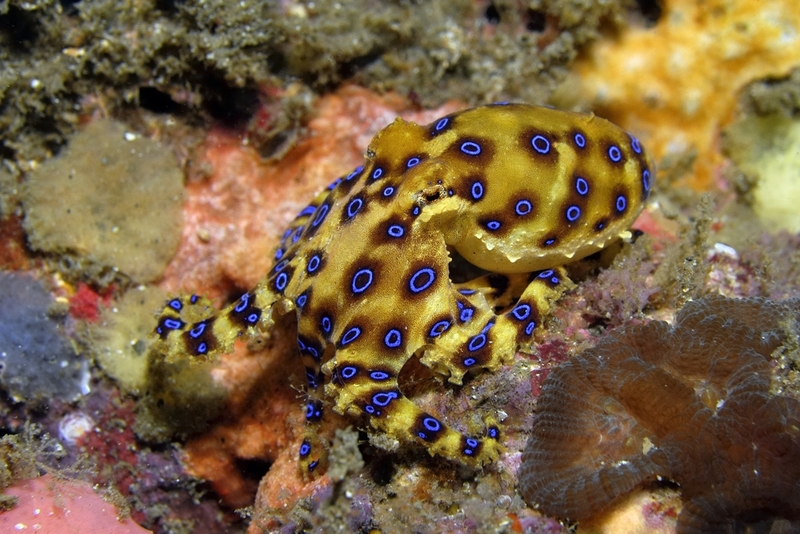
They are found in tide pools and coral reefs in the Pacific and Indian oceans. They are identified by their yellowish skin and blue and black rings that change color when the animal is threatened. They usually live for two years, varying slightly due to nutrition, temperature and amount of light available to their habitat.
Tarantula Hawk
A spider wasp which feeds off of tarantulas, the Tarantula Hawk causes dozens of deaths to humans every year. They are one of the largest wasps, growing up to 2 inches long. Their stinger carries a toxin which paralyzes their prey before dragging it (live) to a nest of eggs and placing a single egg on the prey, which hatches to a larva and eats the living prey.

They can be classified by their vivid coloration of blue-black bodies and bright colored wings, using their color to warn potential predators of their danger. Consider yourself warned… this is not the kind of animal you want to get close to.
Africanized Honey Bee (Killer Bees)
These super aggressive killer bees are known to chase their victims for miles, being much more defensive than other species of bees. They spread throughout the Americas after a Brazilian beekeeper in 1957 was trying to interbreed European and African honey bees and accidentally let some of them loose.
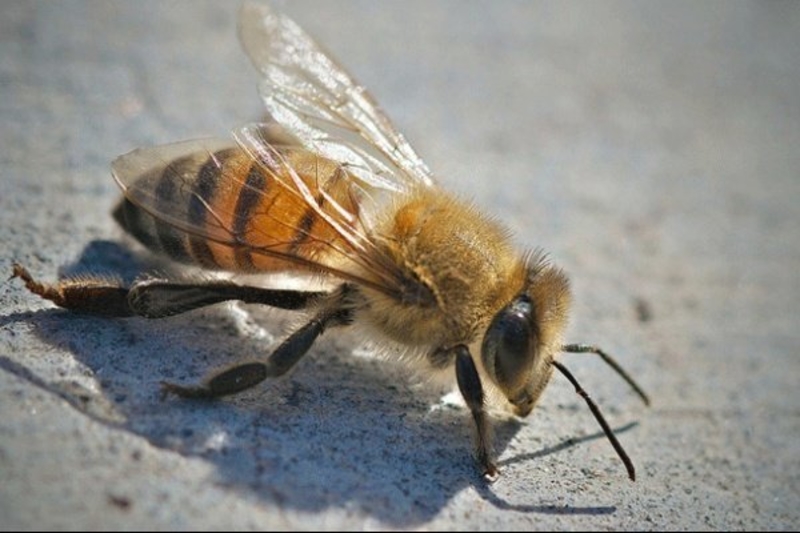
It’s safe to say that they are much more dangerous than their European cousins, and sting victims ten more times. They are to blame for the death of around 1,000 humans, horses and other unfortunate animals.
Indian Red Scorpion
The deadliest and most lethal of the scorpions, don’t be fooled by the Indian Red Scorpion’s small size. Its venom affects the cardiovascular and pulmonary system and has a fatality rate of 8-40%, with most victims being children.
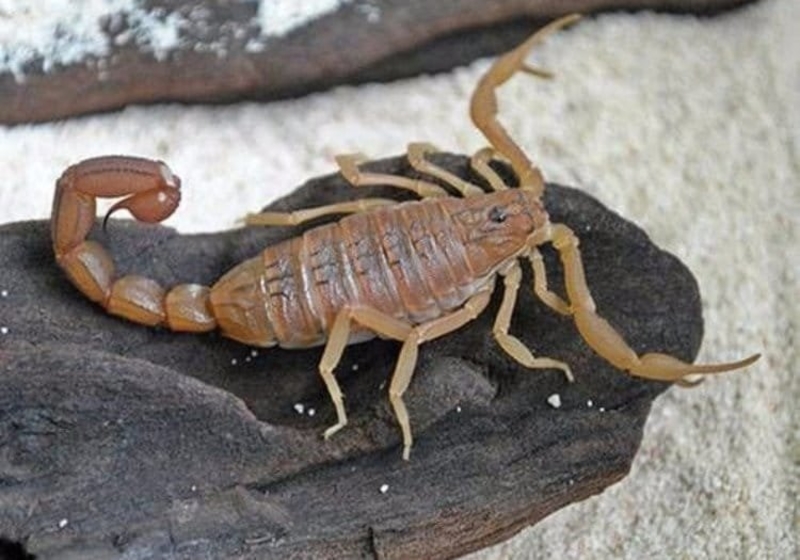
It is found in densely populated regions of India, Pakistan, Nepal, and Sri Lanka. Just be sure to check your boots before putting them on your feet because these critters often times find their way into shoes.
Ascaris (lumbricoides) Roundworms
Common in sub-Saharan Africa and tropical climates, these worms infest your body after you drink water which has human feces in it.
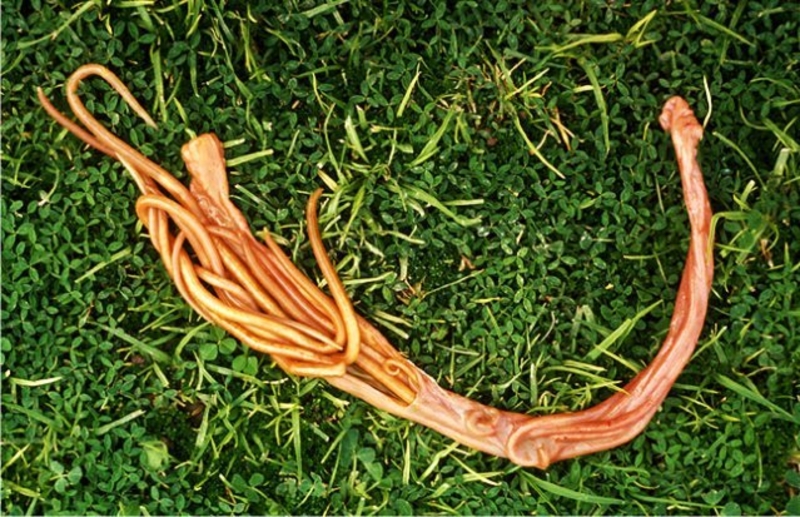
They can cause serious infection. In fact, they affect around one-sixth of the human population, and are widespread mostly in tropical and subtropical climates. There’s a reason you should always drink bottled water in areas with poor sanitation!
Duck-Billed Platypus
The Duck-Billed Platypus produces lethal venom, making it one of only a few mammals that are able to do so. While both male and female are born with ankle spurs, only males produce a deadly venom from their hind limbs, which is seasonally active. While it may seem like an animal you could keep on a farm, its venom can actually kill other animals and cause pain to its victims.
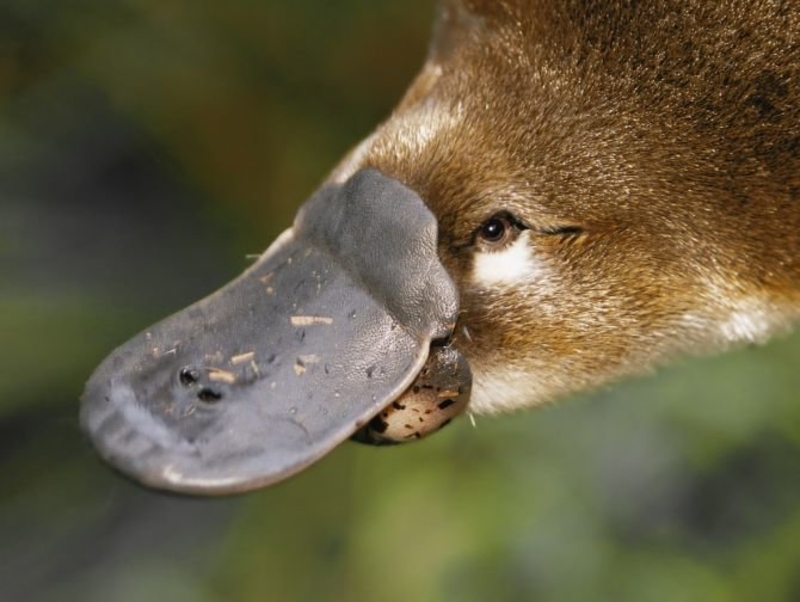
While the venom isn’t fatal for humans, the agonizing pain paralyzes its victims. Despite posing a danger to humans and animals alike, it is an iconic symbol of Australia and has appeared as a mascot at several events, as well as been featured on the Australian twenty-cent coin.
Red Bellied Piranha
Though not large, a group of these fish can easily feast on larger animals. They live in the Amazon rainforest and have sharp teeth and strong jaws.
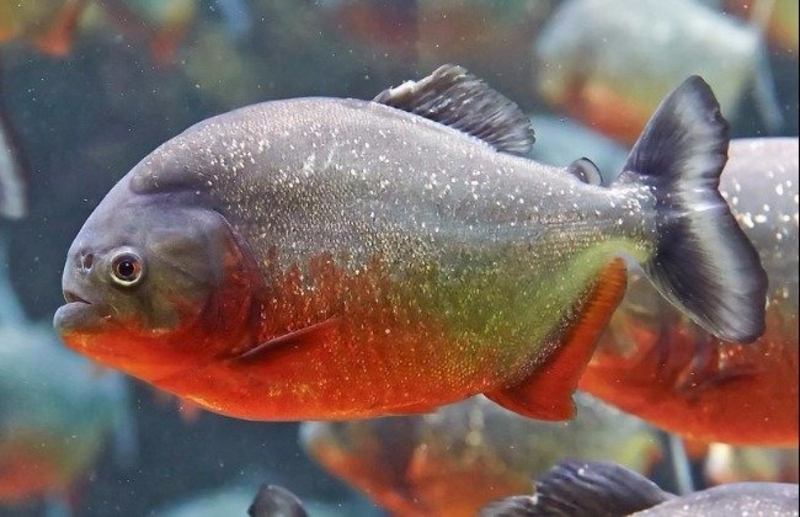
They eat other fish, insects, and species in the sea and are very plentiful in their freshwater habitat.
Gila Monster
These little monsters are one of only two poisonous lizards in the world. They kill their prey through venom which they produce from their saliva while chewing. They live in the Southwest of the U.S and in Mexico and are the only venomous lizards which are native to the U.S. They are heavy and slow moving, and may reach a length of 2 feet.
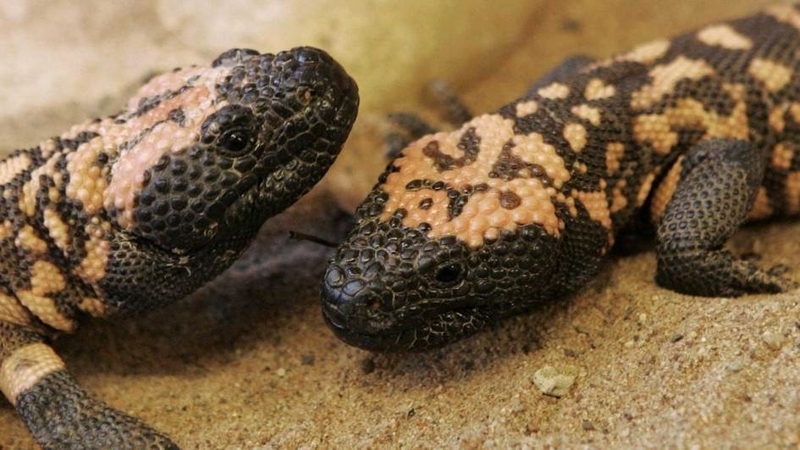
They live in brush, lush desert, and oak woodland, and find shelter in locations where moisture is within reach. It used to be believed that the Gila monster had toxic breath and that its bite was deadly, however, it is known now that it isn’t fatal to healthy adults.
Irukandji Jellyfish
This is the smallest jellyfish in the world but also one of the most dangerous. Their sting is 100 times stronger than a cobra and may cause the Irukandji syndrome, which involves nausea, muscle cramps, excruciating pain in the back and kidneys, a burning sensation of the skin and face, headaches, vomiting, and a feeling of impending doom. While most jellyfish have stingers only on their tentacles, the Irukandji also has stingers on its stomach.
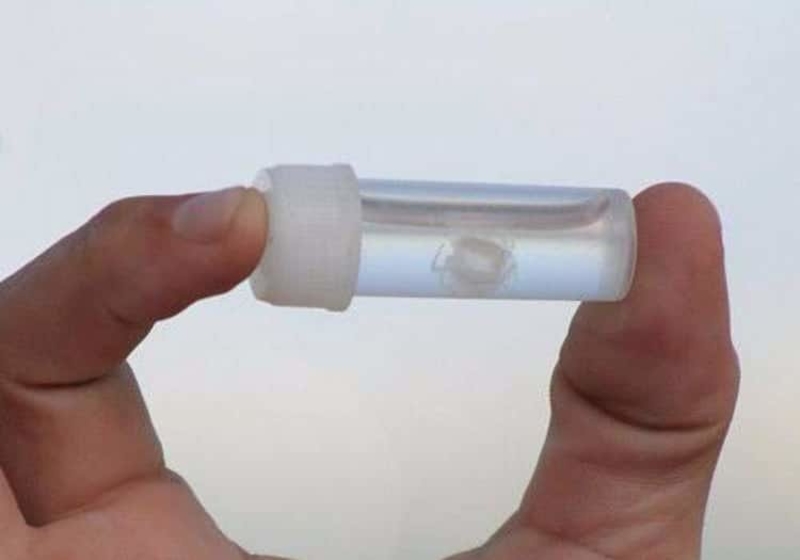
They live in the northern marine waters of Australia. Often times, jellyfish nets which are meant to protect beaches, don’t catch these small jellyfish due to their size of less than a cubic centimeter. They are tiny and translucent and difficult to spot while in the water, hence why it is also referred to as an invisible danger.
Puffer Fish
Listed in our “25 strangest foods in the world,” this poisonous fish is also considered a delicacy in Japan. It’s advisable not to prepare it at home, as it can stop your breathing and paralyze your diaphragm if prepared incorrectly. Poisoning usually occurs from consuming one of two dishes: puffer soup or raw puffer meat.
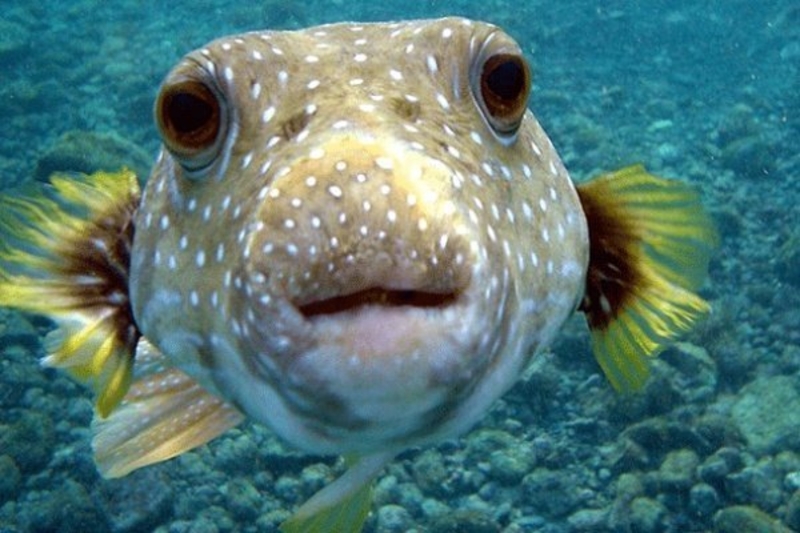
The former can cause death while the latter, intoxication, dizziness, and numbness of the lips. People who make it past 24 hours tend to survive, although it is often after a coma which may persist for several days.
African Leopard
These fierce animals are quite aggressive. While they aren’t the biggest of animals, with males weighing around 130 Ibs and females around 77 to 88 lbs, they exhibit great strength and are able to hide large kills in trees, like giraffe and antelope.
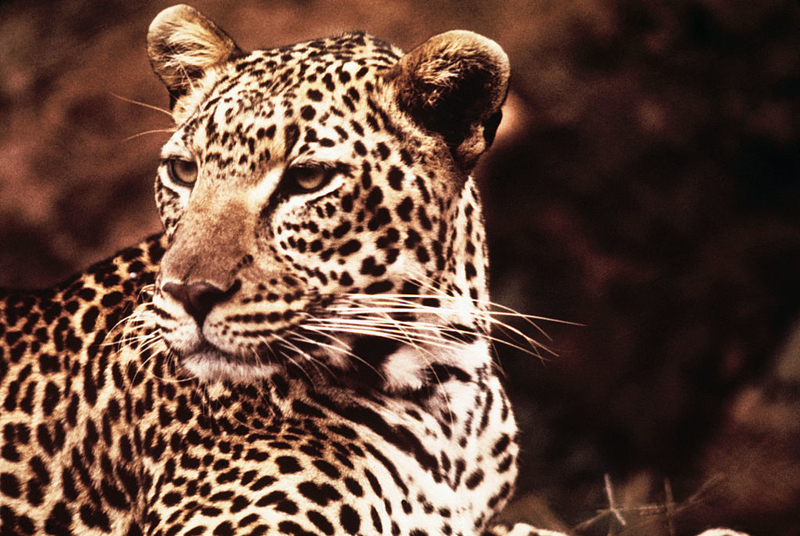
Their coat color ranges from pale yellow to deep gold or black, with a pattern of black rosettes, while its head, lower limbs, and belly are solid black. The color alternates depending on different locations and habitats.
Termites
These creatures aren’t necessarily deadly but they can destroy your property by eating wood for their queen. They feed mostly on dead plant material and cellulose, in the form of wood, leaf litter, soil or animal dung. They can kill trees through this process, which sometimes may cause death to those nearby.
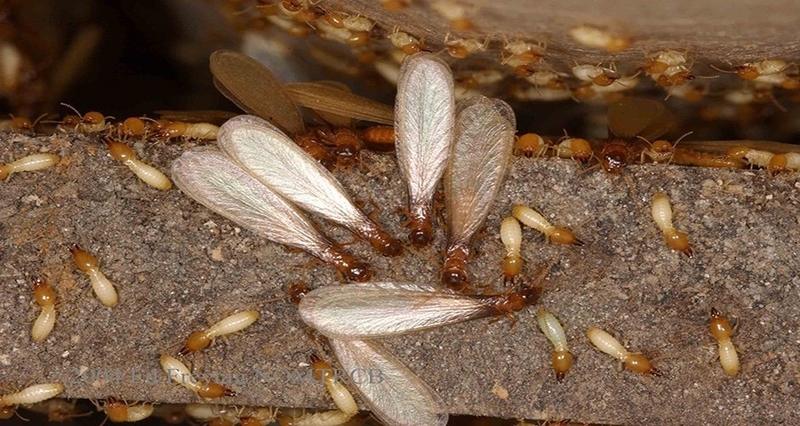
While they can be very invasive, they are actually some of the most successful groups of insects on Earth and are found in most places around the world, except Antarctica. Their colonies range from a few hundred members to millions. Queen termites have an exceptionally long lifespan, with some of them living 30 to 50 years.
Great White Shark
These massive sharks are found in the coastal surface waters of all major oceans, and they are responsible for the largest number of reported and fatal unwarranted shark attacks on humans. Large adult females can grow up to 20 feet in length and weigh 4,200 Ibs.
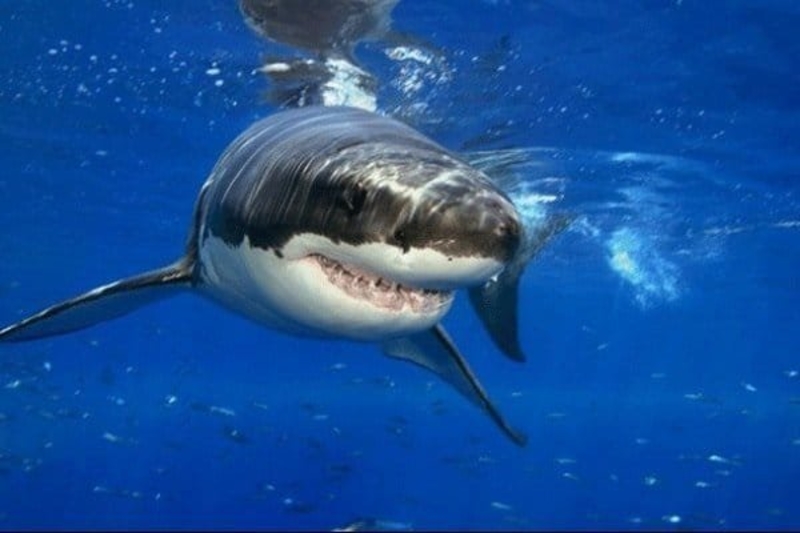
While these massive predators aren’t a fan of human meat (we’re much too bony) that won’t deter them from sampling you. Their bite can sometimes lead you to bleed to death. They aren’t good at telling the difference between what’s food and what’s not, and sometimes take bites of boats and surfboards. These sharks can live up to 70 years or more. However, even Great Whites have a natural predator, the Orca or killer whale.
Eurasian Wolf
These wolves have killed up to 7,600 people. Not as friendly as dogs, their bite can be deadly.
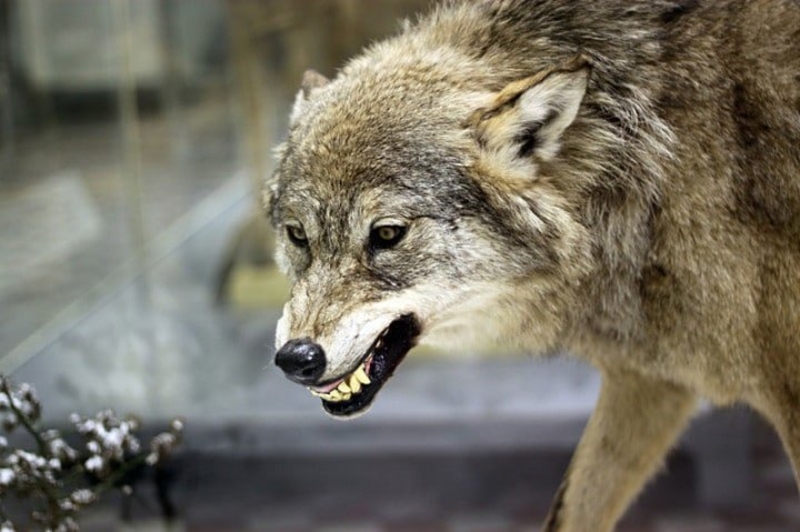
They are native to Europe and depend on livestock and garbage as their food source, generally in areas which are highly populated by humans.
Botfly
These flies infest and lay eggs inside of humans’ bodies. The eggs can live and feed off of you for months, sometimes causing infections and death.
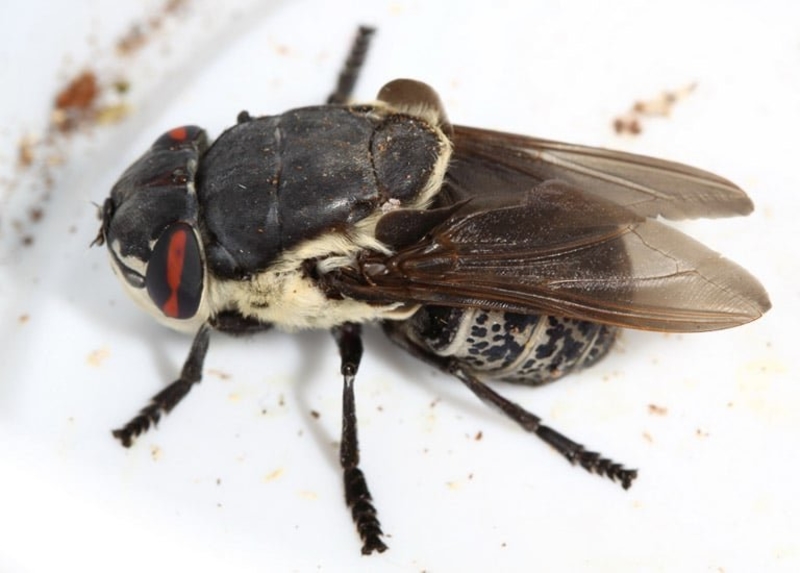
They are very common in Belize.
Cape Buffalo
The number one cause of death by animal throughout Africa, this buffalo is very unpredictable. There’s a reason behind its nicknames, “widowmaker” and “black death.” They are responsible for the death of over 200 people every year. While they are a threat to humans living in regions where they are present, humans, in turn, are a bigger threat to these buffalo.
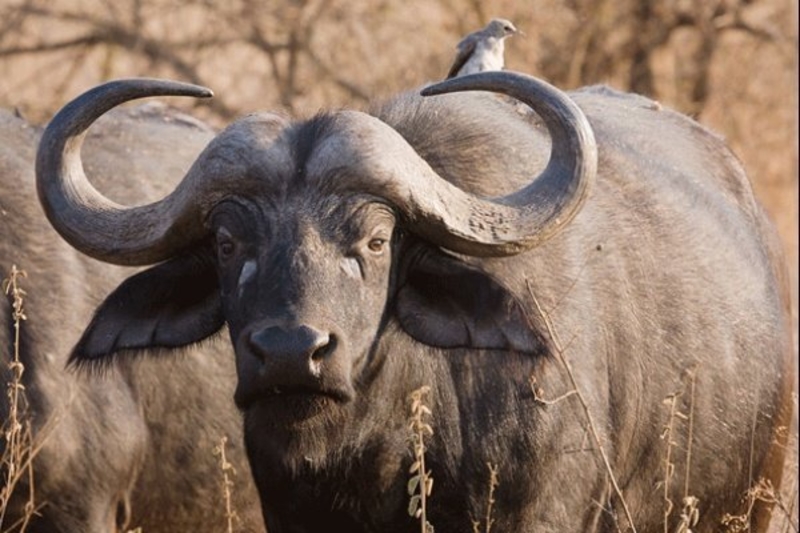
The Cape buffalo is a member of the big-five game family, due to the danger involved in hunting it. Wounded animals are known to lie in wait of hunters and attack them. Hunters may pay over $10,000 to hunt one. The animals are mostly sought out for their trophy value, while some are hunted for meat.
Bengal Tiger
A truly stunning animal, it has caused the death of many humans throughout history, and for that reason, it has earned the nickname “man-eater.” Its teeth are particularly large, measuring 3 to 3.9 inches, the biggest amongst all cats.
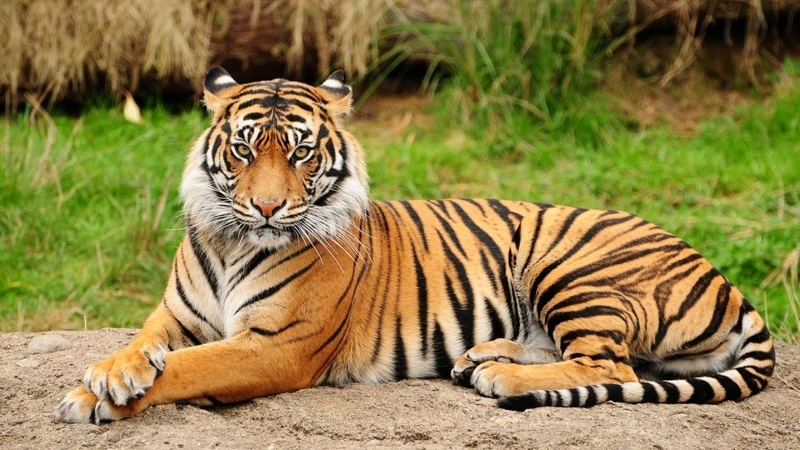
Despite being the king of the jungle, it has become an endangered animal due to poaching and the loss of habitat in the Indian subcontinent.
Sydney Funnel Web Spider
This spider’s bite is powerful and deadly, it can cause excruciating pain and other symptoms like sweating, tingling and muscle spasms. The symptoms usually appear in less than one hour. If not immediately treated, symptoms can result in death. Of cases involving severe poisoning, 42% are children.
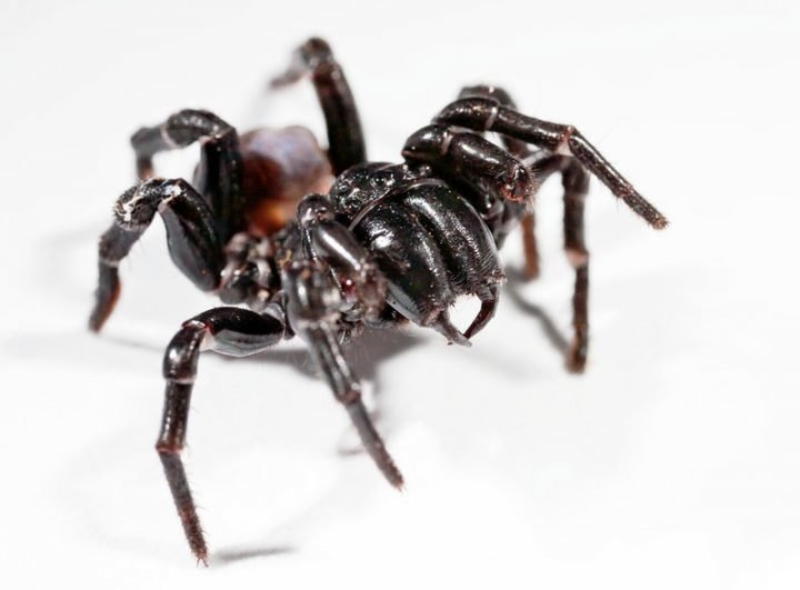
The spider is native to eastern Australia and is mostly found within a 62-mile radius of Sydney. Its size ranges from .4 to 2 inches and can be identified by its shiny and dark color, usually blue-black, black, brown, or dark-plum.
Southern Flannel Moth
An almost exact replica of Donald Trump’s hair, this puss caterpillar lays eggs that hatch into dangerous larva. The larva’s sting can be agonizing. The caterpillar is found on oak, elm, wild plum, and many garden plants, like roses and ivy.
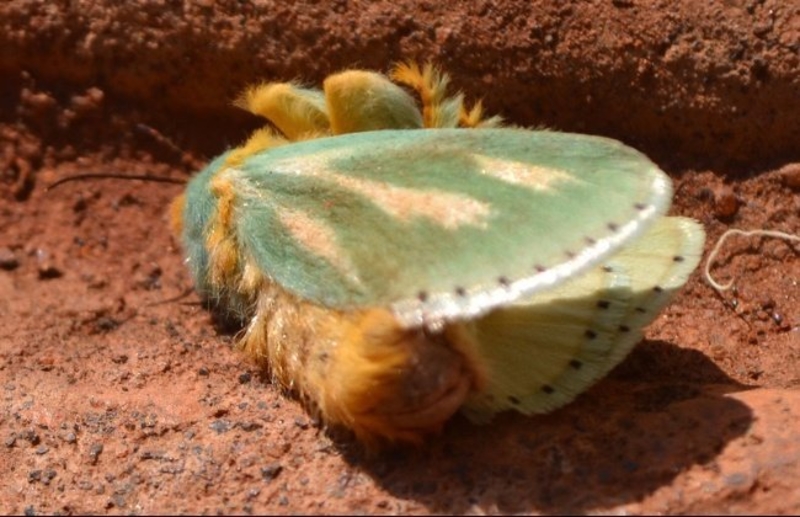
Its venomous spines make this a dangerous insect that can sometimes cause death. Symptoms may involve burning, swelling, nausea, headache, chest pain, and difficulty breathing.
Castor Bean Tick
Tiny but deadly, this tick feeds off of its host while sending a deadly bacteria that can be very dangerous to its host. It is found across Europe and in some parts of North Africa and the Middle East, mostly in woodlands and forests.
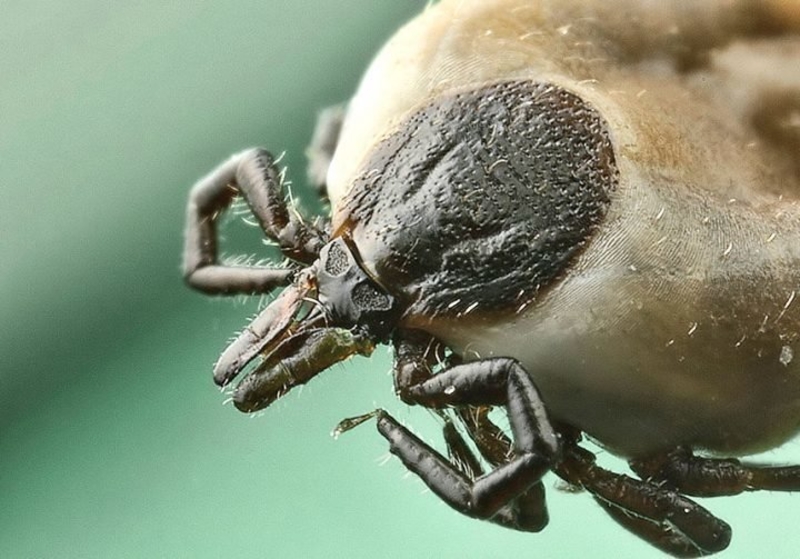
It is more common in humid areas.
Eastern Brown Snake
Measuring over one meter in length, these snakes take the first place in the number one cause of death by snakebite in Australia, accounting for 60% of snake-bite deaths in the country. They are found in most areas, except for dense forests.
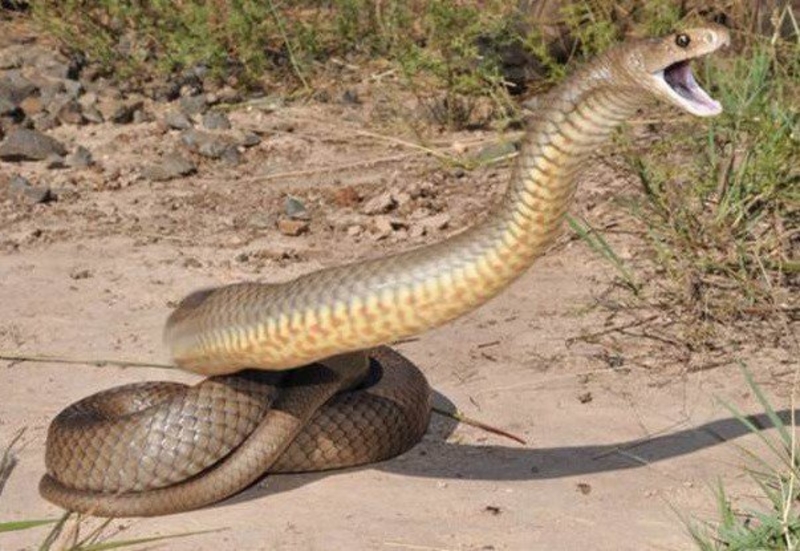
They have become very prevalent in farmland and on the outskirts of urban areas, due to agriculture and in turn, house mice. Don’t get close, since it’s a very fast snake and not shy when it comes to approaching humans.
Stonefish
This is known as the world’s most poisonous fish. It lays camouflaged on the bottom of the ocean floor, patiently awaiting its prey. It has venomous neurotoxins, which it emits from its glands, at the base of its dorsal fin spines, when it is disturbed or threatened. It consumes its victim in a whopping .015 seconds by opening its jaws very fast. Not easily seen due to their similarity in appearance to rocks or coral, be sure to watch out for its spines on the ocean floor as they can take your legs, in the best case scenario. Or your life, in the worst. They can also survive outside of the water for up to 24 hours, so watch out on the beach as well.
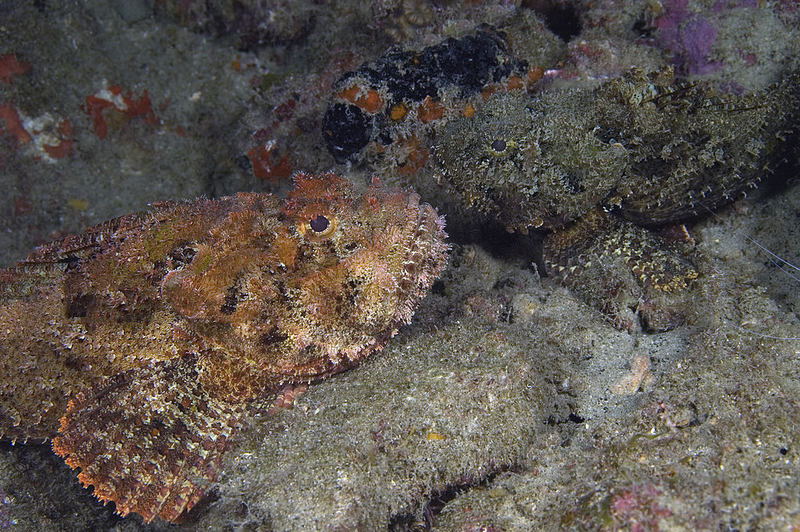
They are found in the coastal regions of the Indo-Pacific. While they are mostly marine, some species live in rivers. Stonefish antivenom is the second-most common among antivenoms in Australia. While these fish are very poisonous and often deadly, they can be eaten when prepared properly. They are considered a delicacy in many countries of Asia, such as areas of Japan, China, and Hong Kong. When served as sashimi, their dorsal fins, which house the venom, are removed.
Jaguar
The third-largest member of the cat family, this isn’t the cat you want cozying up on your sofa. While they are an endangered species, they are also very dangerous, with the strongest bite among other types of cats. They are also much larger than leopards.
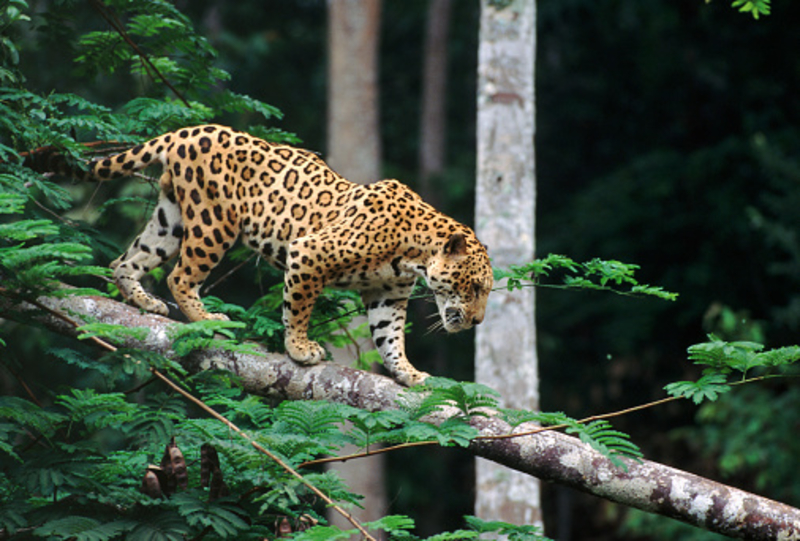
They are solitary animals who stalk and ambush their prey. They are found across Southwestern United States, Mexico, much of Central America and areas of South America. They live mostly in tropical and subtropical climates, made up of moist broad-leaf forests, swamps, and wooded areas.
Portuguese man o’ war
Similar to the Jellyfish, this is a type of Physalia found in the Atlantic, Indian and Pacific Oceans. Although similar in looks to a shell, don’t touch it. It has lengthy tentacles that give a powerful and venomous sting, capable of killing or paralyzing fish, or in rare instances, humans. They are identified by their gas-filled bladders, which sit at the surface of the water, while the rest of them is submerged. Their name comes from their resemblance to the Portuguese 18th-century armed sailing ship, the man-of-war, at full sail.
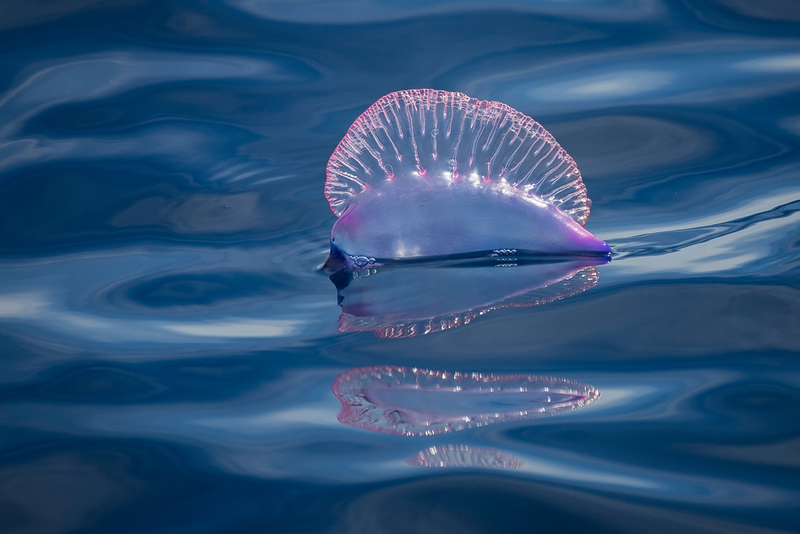
They are responsible for stinging up to 10,000 humans in Australia every summer, especially on the east coast. Their detached tentacles may float for several days in the water or wash up on shore and remain potent. Their stings may generate intense pain to humans and red welts on the skin that last two or three days after the first sting. They may also lead to airway blockage, cardiac distress and an inability to breathe.
Yellow Jackets
If you see a nest, avoid it at all costs. Like other stinging insects, they kill humans by causing anaphylactic shock. The bigger ones are the most fearful, as their stings become more powerful as they age. Yellowjackets are social insects, living together in colonies which have workers, queens, and males.
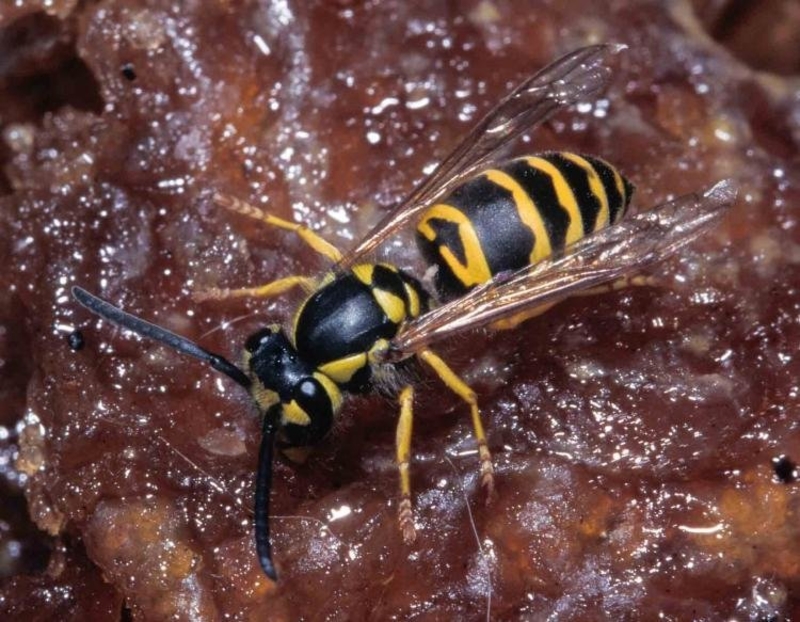
Queens come out during late spring or early summer, choose a site to nest and build a small paper nest to lay its eggs in. The queen stays there until her death in the fall, laying eggs. The colony grows fast, reaching a size of 4,000 to 5,000 members and a nest of 10,000 to 15,000 cells by the end of the summer.
Blue Poison Arrow Frog
Their shiny blue color says it all: danger. With enough poison to wipe out 20,000 mice, and so tiny that they could fit into a pinhead, this amphibian can kill a large animal just by touching it, as its poison is on their skin. Each frog has unique black spots, making it possible to distinguish between them.
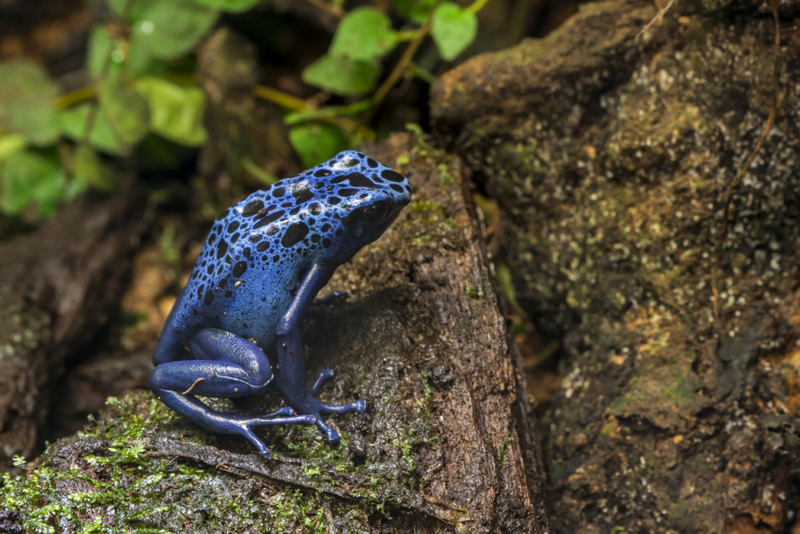
They spend most of their day hopping around and are aggressive towards one another and to other animals. To fend off outsiders, they display a series of calls, chases, and wrestling.
Asian Lions
The king of the grasslands and the second-largest animal after the tiger, they are very dangerous and cause around 100 human deaths a year. They hunt in groups and usually go after vulnerable animals, like young and old ones.
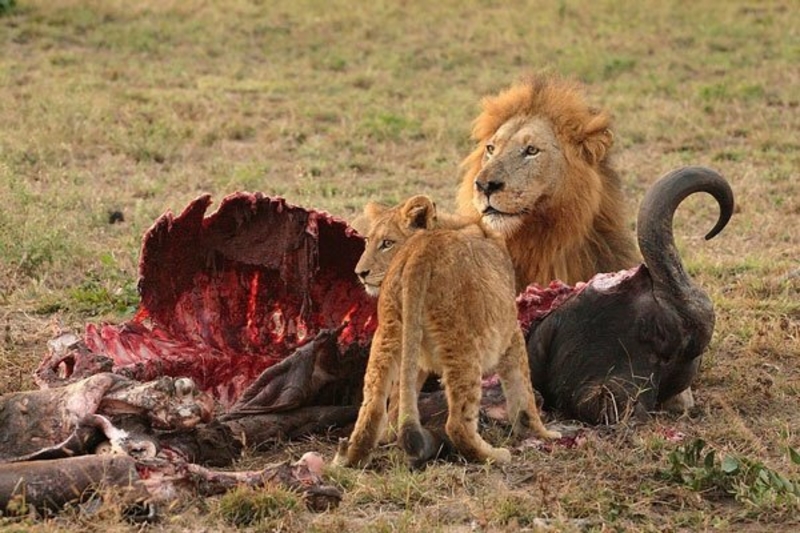
These lions have a sparser mane than their African cousins. They live in and around Gir Forest National Park in Gujarat, western India.
Box Jellyfish
Small but deadly, these jellyfish are the cause of more human deaths a year than sharks, crocodiles, and stonefish combined. Its poison is extremely potent. They are found mostly in the tropical Indo-Pacific region, with some species living in tropical and subtropical oceans including the Atlantic Ocean and the eastern Pacific Ocean. Be especially alert during the months between October and May, as this is when swimmers are at the highest risk. However, stings do occur all year-round.
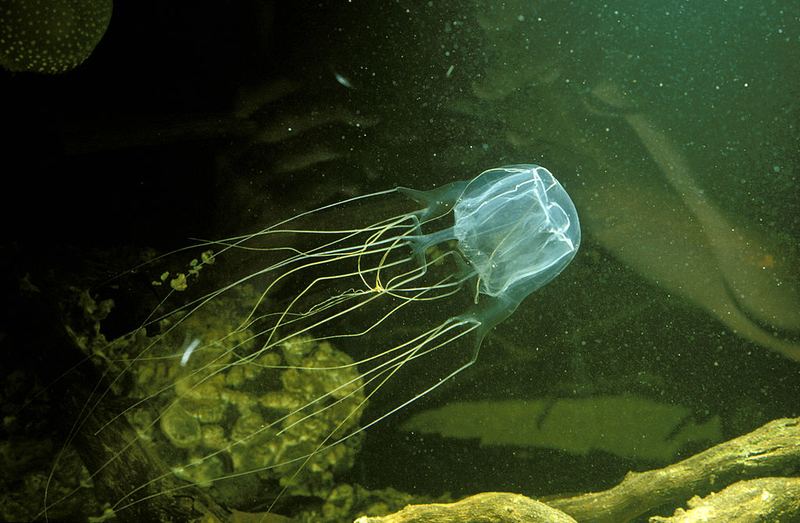
The riskiest conditions are in calm water with a light, onshore breeze. Hey, that’s just how we like it too!
Australian Funnel Web Spider
This spider wins the Guinness Book of World Records as the most poisonous spider on the planet. This spider sometimes wanders around into homes and cars. They produce venom that is extremely toxic to humans and can cause severe injuries to victims.
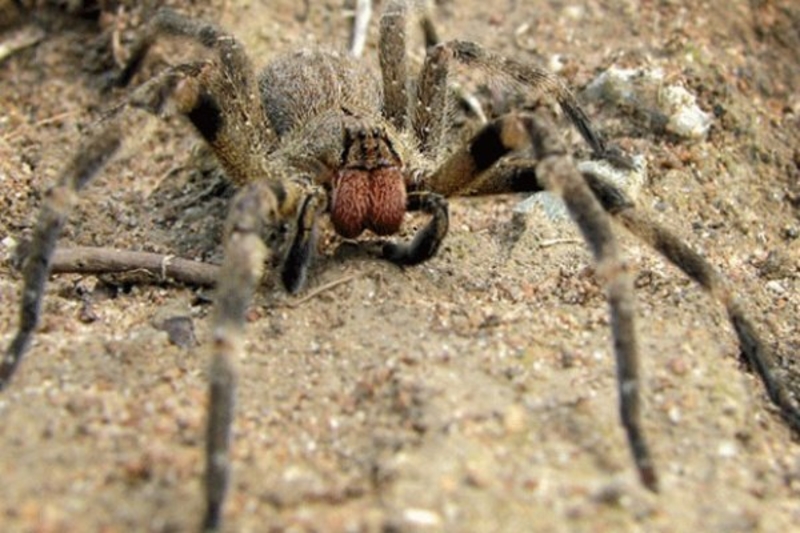
They also have very large and powerful fangs which are capable of piercing fingernails and soft shoes. Luckily, the introduction of antivenom has reduced the danger. In any case, be alert.
Centipede
Fortunately, they aren’t deadly to humans, but you do need to watch out for your children. Their venomous glands can be harmful to the young ones. While their bite is rarely fatal, it can cause severe swelling, chills, fever, and weakness. This species is common in the U.S.
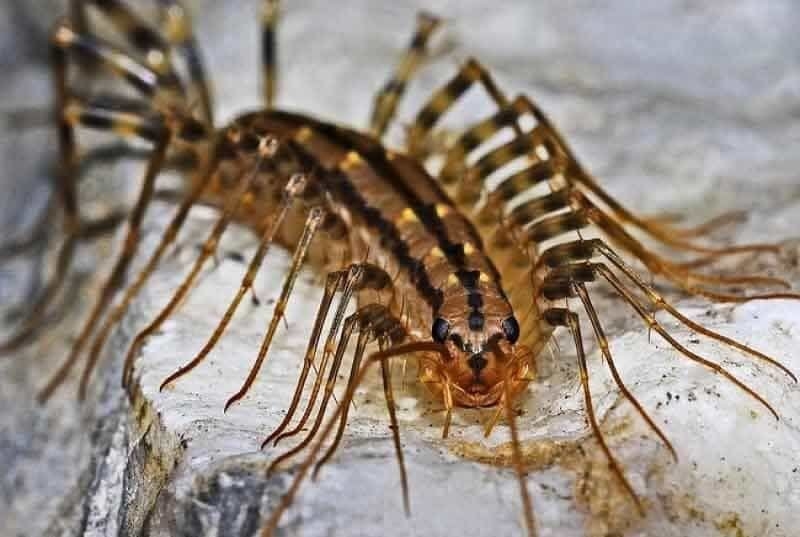
Despite their name, they have between 30 to 354 legs, always displaying an odd number of pairs of legs. They are found everywhere from the Arctic Circle to tropical rain forests and deserts. They are also found in soil and leaf litter, under stones and dead wood and inside logs. They look for a moist habitat due to their lack of a waxy cuticle that other insects have, which causes them to rapidly lose water.
Fire Ant
Killing around 50 people a year, this is the most aggressive of the ants. Their bite can send you into anaphylactic shock and in some cases, death. They are found in more rural or remote areas.
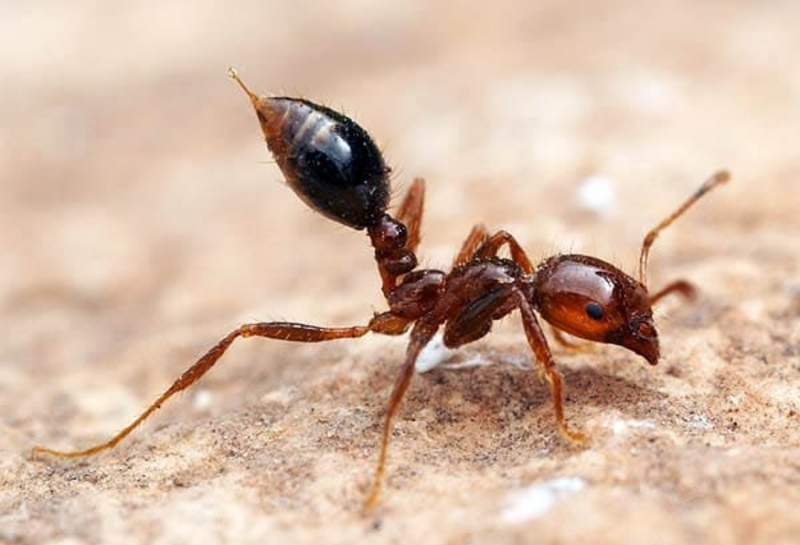
This invasive species costs the U.S. $5 billion every year on medical treatment, damage, and control in infested areas. They also cause $750 million in damage every year to the agriculture and farming industries. More than 40 million people live in infested areas in the southeastern U.S.
Assassin Bugs
With a name like that, you know there’s a reason to worry. These bugs’ bite spreads the deadly Chagas disease, which can cause severe damage to your body. In 2015, it was estimated that 6.6 million, mainly in Mexico, Central America and South America had the disease and that 8,000 people died from it.
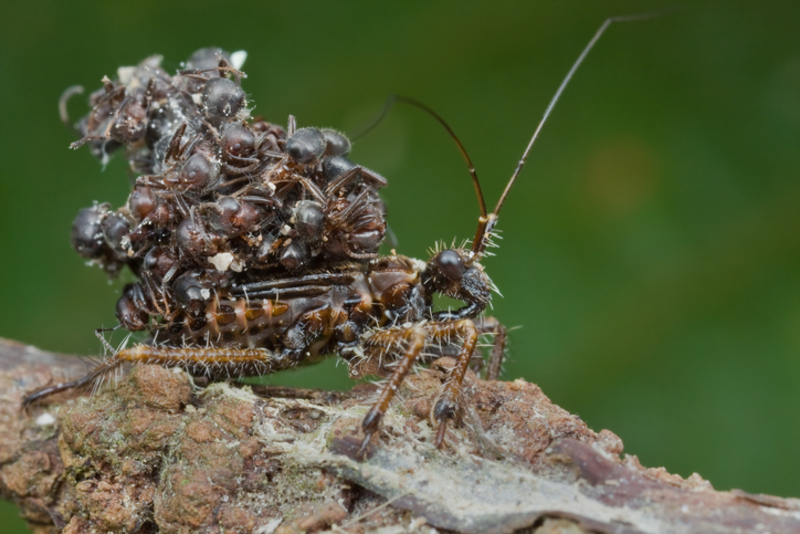
Most people who are infected are not aware of the disease’s presence. At the onset of the disease, symptoms may be mild, including fever, swollen lymph nodes, or swelling at the location of the bite. In rare cases, the disease can lead to heart failure, an enlarged esophagus and colon. If that’s not freaky enough, they are also called the kissing bug, as they bite you near your lips.
Hippopotamus
One of the most dangerous animals in Africa, this animal has a history of attacking humans. As an herbivore, this animal doesn’t want to eat you, but it is very aggressive and unpredictable and may attack you even without being provoked. Males weigh around 3,310 Ibs and females 2,870 Ibs. They are semi-aquatic mammals, spending much of their time in rivers, lakes and mangrove swamps.
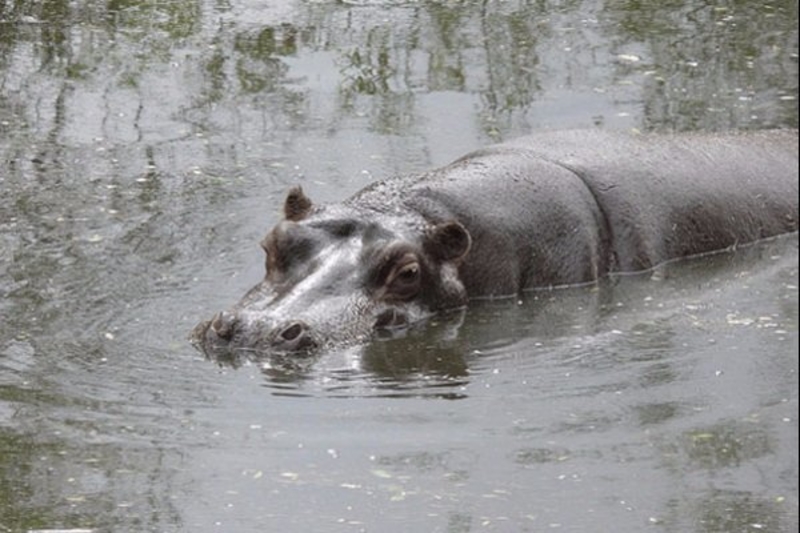
Despite its large and heavy size and short legs, they are able to run 19mph. During the day, they cool off by staying in the water or mud. At dusk, they leave the water to eat grass in solitary.
Yellow-Bellied Sea Snake
They are found in tropical waters in oceans around the world, except for the Atlantic.
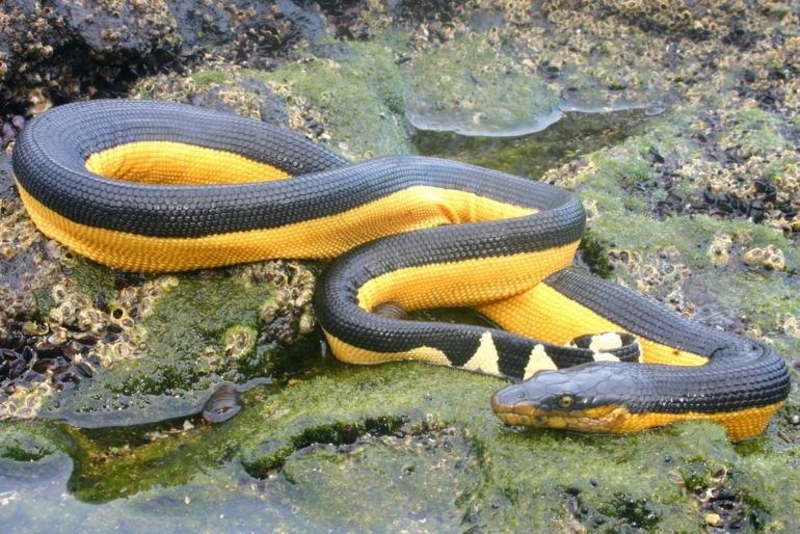
They are one of the most widely distributed snakes.
Pitohui
Not to be fooled by its beauty, this bird has venom which is similar to the King Cobra, but more concentrated. Just one drop of their highly potent poison can kill three people and paralyze all the muscles in your body.
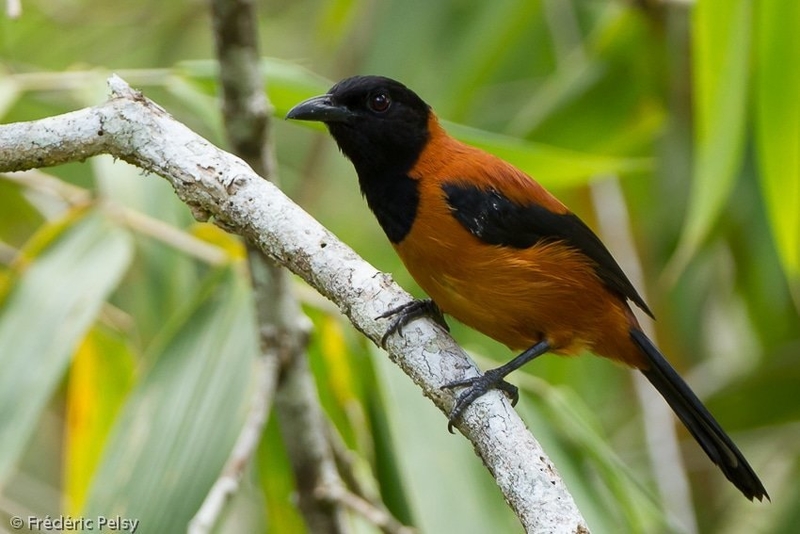
Touching this bird can cause harm as its skin and feathers contain poison. Its poison is similar to that which is found in the Poisonous Dart Frog. It is believed that the poison provides the birds with a chemical defense against predators such as snakes and humans. The birds don’t produce the toxin themselves but acquire it from the beetles they eat.
Komodo Dragon
While they only need to eat once a month, these dragons will eat anything and everything, including water buffalos, humans, and birds. They are found in the Indonesian islands and are the largest living species of lizard, growing up to a maximum length of 10 feet and in rare instances, can weigh up to 150 pounds.
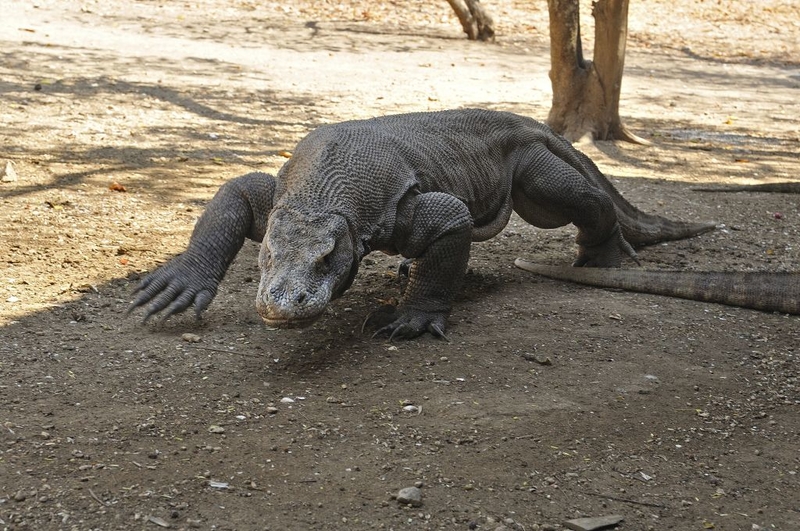
They are amazing hunters, waiting patiently for their prey to get close in order to pounce on it and tear it to shreds. Their prey includes invertebrates, birds, and mammals. Fortunately, they aren’t responsible for many human deaths, probably owing to the fact that they have little contact with them. But they are known to dig up humans from graves… creepy.
Lanomia or “Assassin Caterpillar”
Responsible for hundreds of deaths in South America, these little guys camouflage into their environment, by blending into the bark of trees. Its spikes hold a venom which can be extremely dangerous, and even deadly.
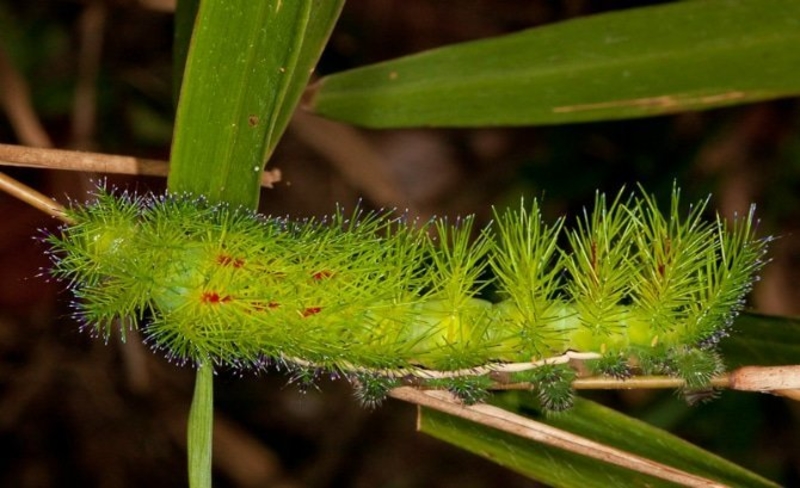
People may accidentally lean against these highly venomous caterpillars and consequently face a dramatic and severe impact from a dose of their venom.
Hyena
They are known to kill humans, and during wartime and disease outbreaks, their hunting increases. While they are sometimes depicted in movies as being cowardly, they actually ward off larger predators from their kills.
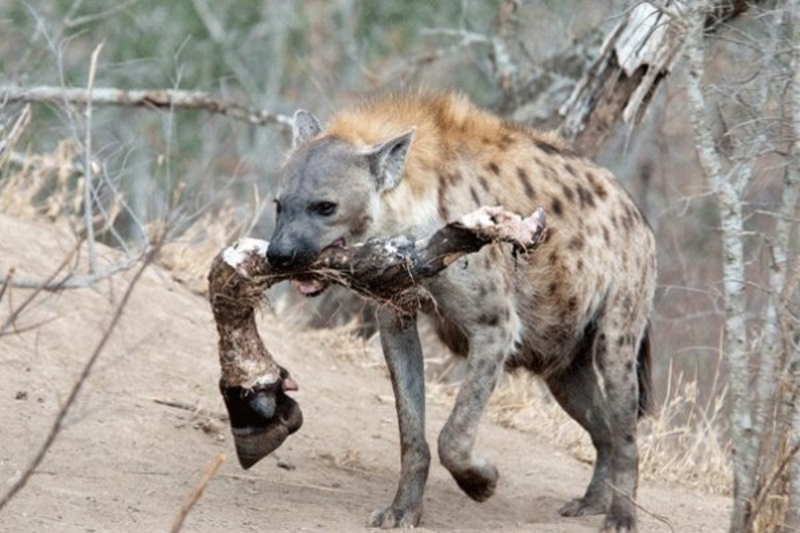
They are mostly nocturnal. In Somalia, they love Hyena meat and use it for food and medical purposes.
Sri Lankan Leopard
Found in regions of Asia and Africa, the Sri Lankan Leopard is one of the “five big cats.” They hunt from trees, using their extremely powerful jaws, which are some of the most powerful in the animal kingdom.
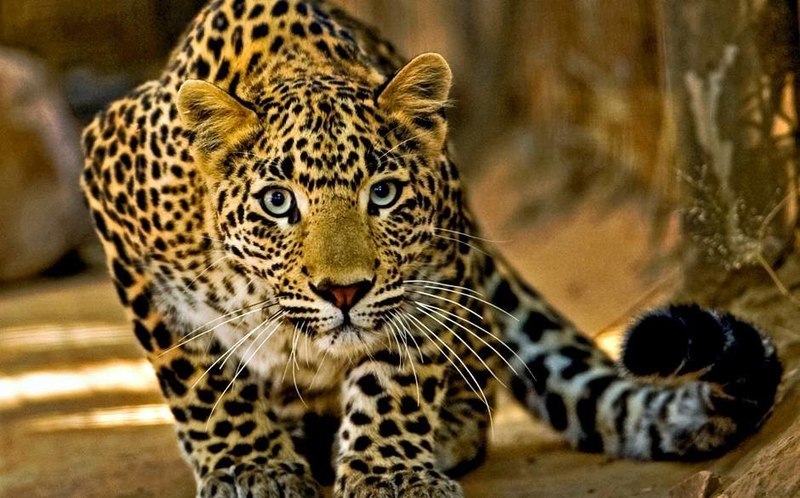
They hunt silently, stalking their prey and waiting until they are within a pouncing distance to pursue their victim. They execute the killing with a single bite to the throat. If you find yourself roaming the jungle and you hear roaring, you better take cover.
Brown Recluse
More dangerous even than the Black Widow, these spiders kill children and the elderly. They are small spiders, ranging from 6 to 20 millimeters and found across various states in the U.S.
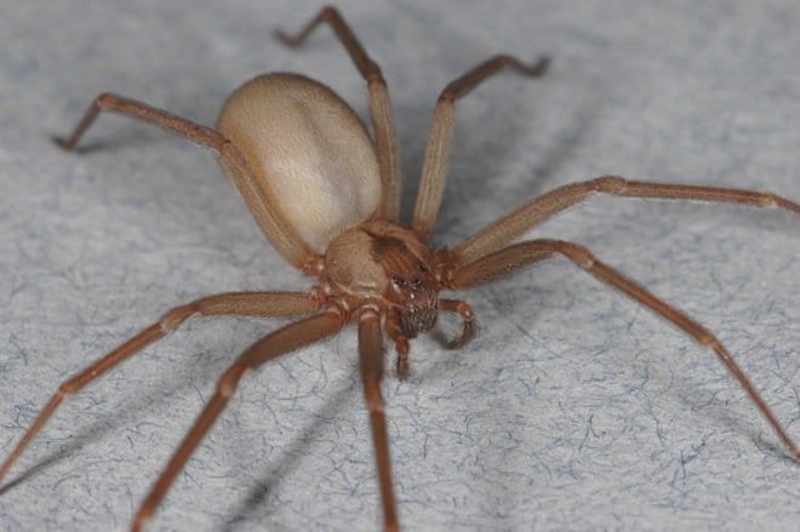
While the bite is not felt right away and may not be painful, the symptoms can be serious and require medical attention. They like to hide in shoes and gloves, so always check before putting them on.
African Elephant
The world’s largest animal is naturally bound to be dangerous. They sometimes display bouts of rage and can get aggressive, trampling other animals and destroying villages in their way. They are prevalent in Sub-Saharan Africa in dense forests, woodlands, and deserts.
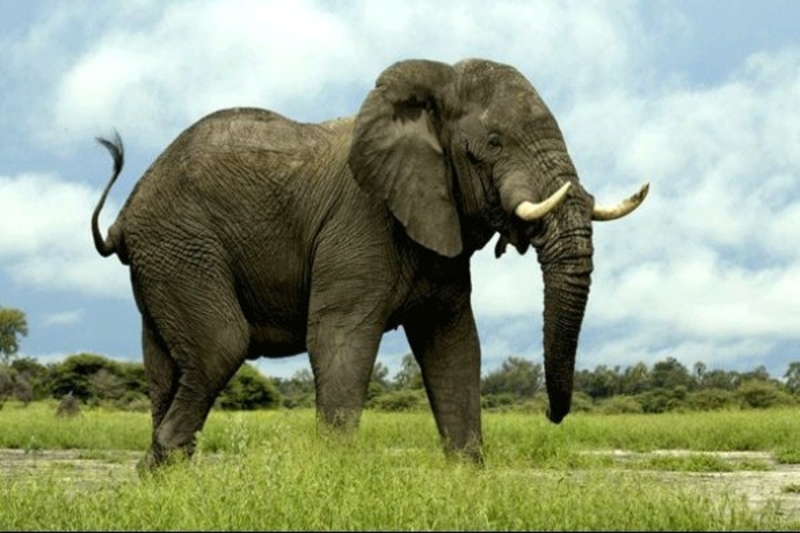
They are some of the most intelligent species and display a variety of behaviors and emotional capabilities such as grief, learning, play, humor, altruism compassion, self-awareness and memory.
Wild Boar
According to hunters, this animal can be harder to hunt than wild bears. Weighing up to 660 Ibs, this highly aggressive animal is also the fourth most intelligent animal in the world. Its super-sharp tusks are not ones you want to get up close and personal with. They are also known to be the host of at least 20 different parasitic worm species, with most infections taking place in the summer.
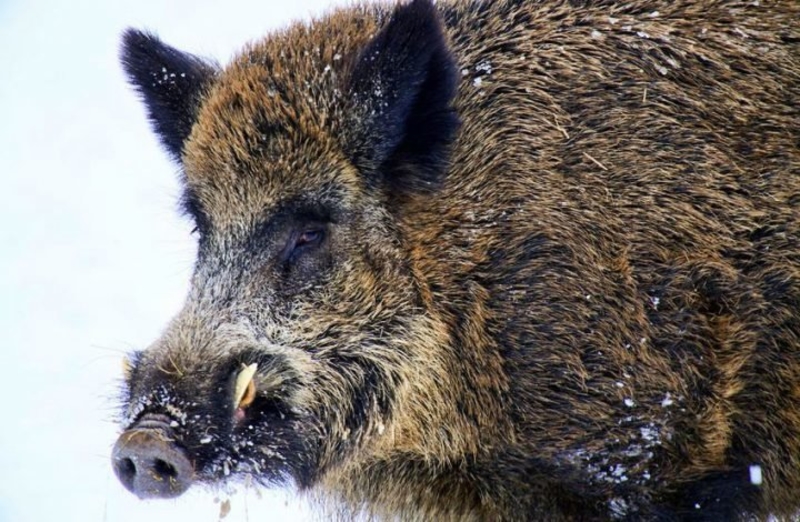
While attacks on humans are rare, they can be serious and result in injury. The boar attacks by charging and pointing its tusks toward its victim, usually injuring them on the thigh. After the first attack, they step back to look if the victim is still moving. If so, they keep attacking until the victim is immobile.
African Tsetse Flies
Found in sub-Saharan Africa, these flies carry the Sleeping Sickness, which can affect humans and be deadly if not diagnosed on time and treated with the proper medication. According to researchers, they are responsible for a whopping 250,000 human deaths a year.
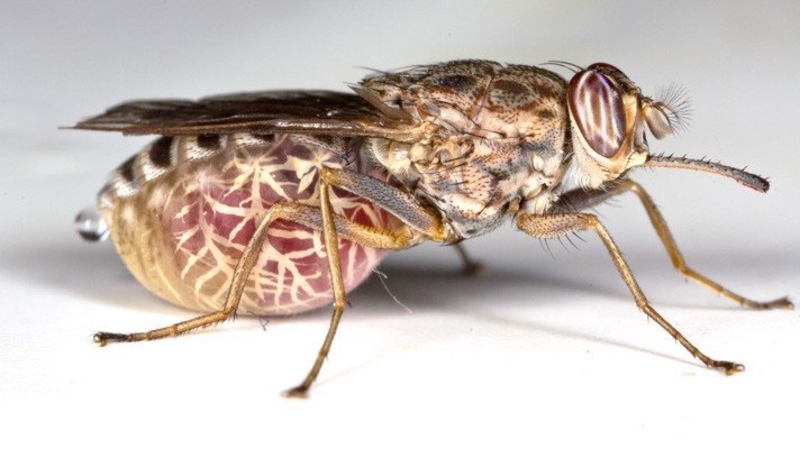
They spread diseases by feeding off the blood of their hosts. They are mostly found in tropical Africa.
Electric Eel
Known as a deadly predator in the waters of the Amazon rainforest, they get their name from their ability to generate a strong electrical charge of up to 600 volts. They’re not actually eels, but a member of the “knife-fish” family.
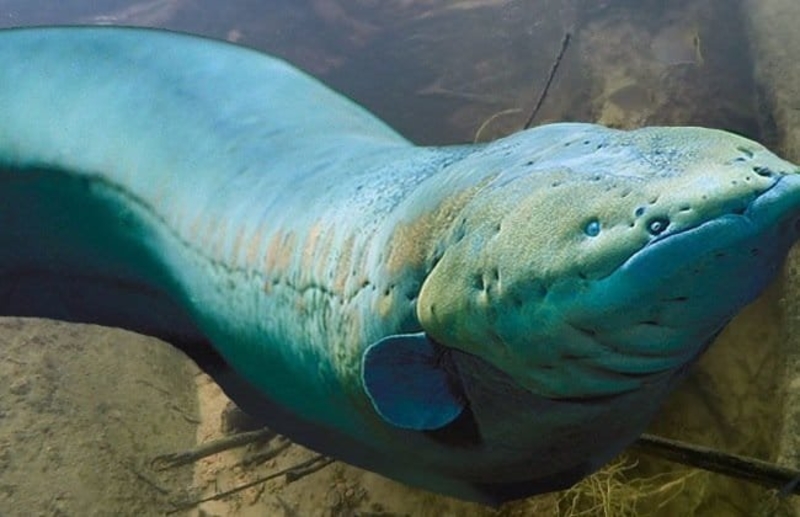
These fish are highly desirable by some animal collectors, but very hard to catch. The only viable way is to exhaust them by making them deplete all of their electricity. Eventually, the fish’s electric organs become discharged and the hunter can swoop in for the kill.
Death Adder
You definitely want to avoid stepping on one of these if you’re in a bushy area in Australia, Papua New Guinea, or nearby islands. While other snakes will slither away at the presence of a threat, the Death Adder freezes.
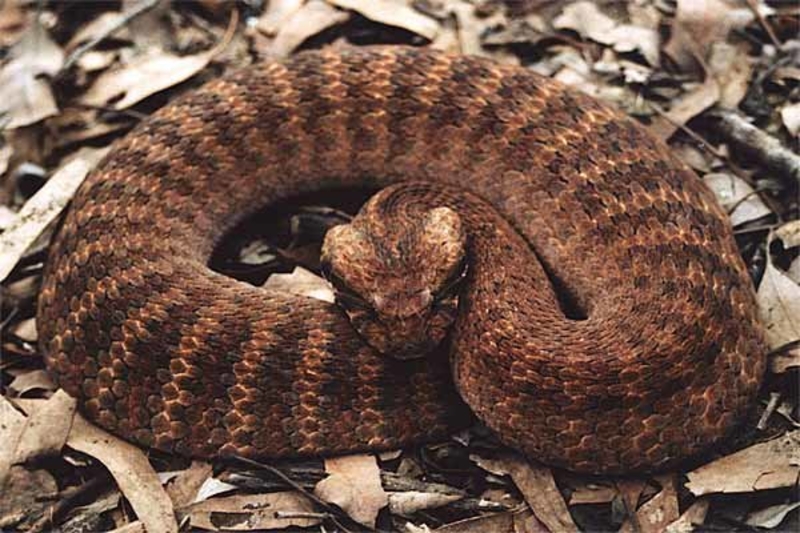
Their long fangs can deeply penetrate your skin and inject an average of 40-100 mg of highly toxic venom with one bite. Their bite can lead to paralysis and, ultimately, to a complete respiratory shut down within six hours.
Bull Shark
Found worldwide among warm, shallow waters along coasts and rivers, is one of the most dangerous and aggressive of sharks, even more so than the Great White. It’s known as the Zambezi shark.
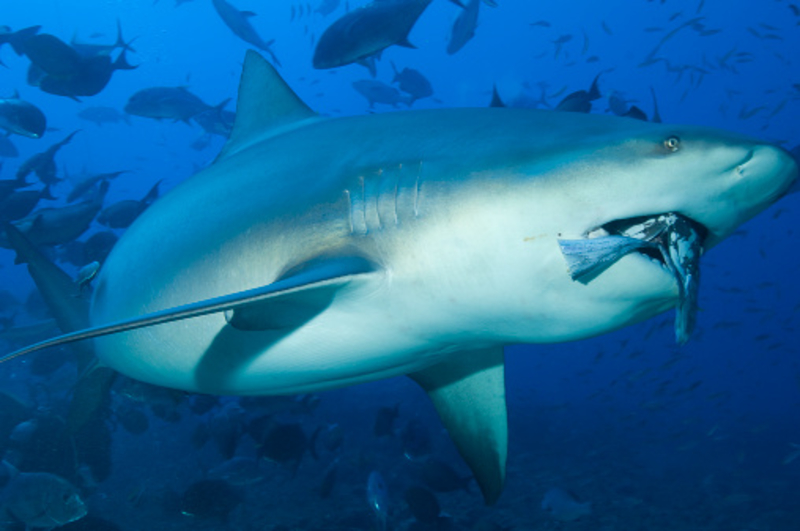
The Bull shark is a determined predator and rarely fears being attacked by other animals. Humans pose the biggest threat to them.
Mosquito
While we all hate being bitten by mosquitos, their bite can actually be deadly. These minuscule pests cause 2 to 3 million deaths every year and spread diseases to 700 million people.
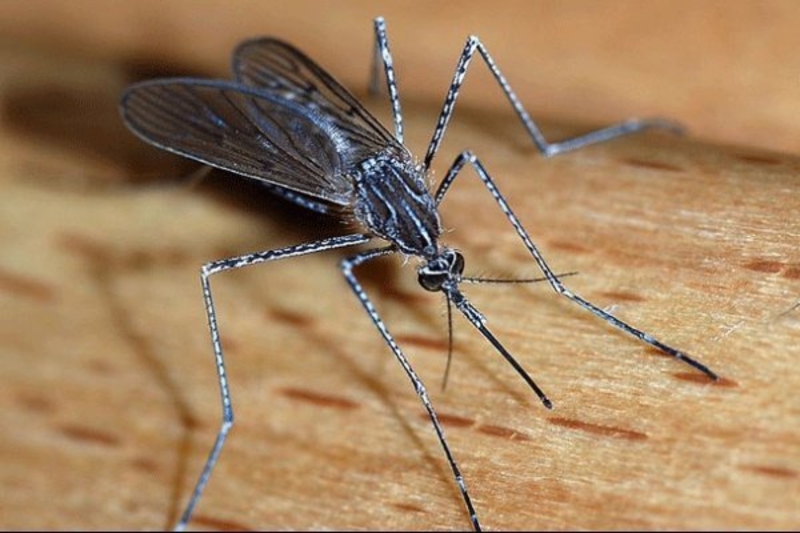
They host on a variety of mammals, birds, reptiles, amphibians and even some fish. They are found in all different climates, including warm, humid tropical regions and cold regions.
Southern Cassowary
Related to the ostrich and emu, this flightless bird is the most dangerous land bird.
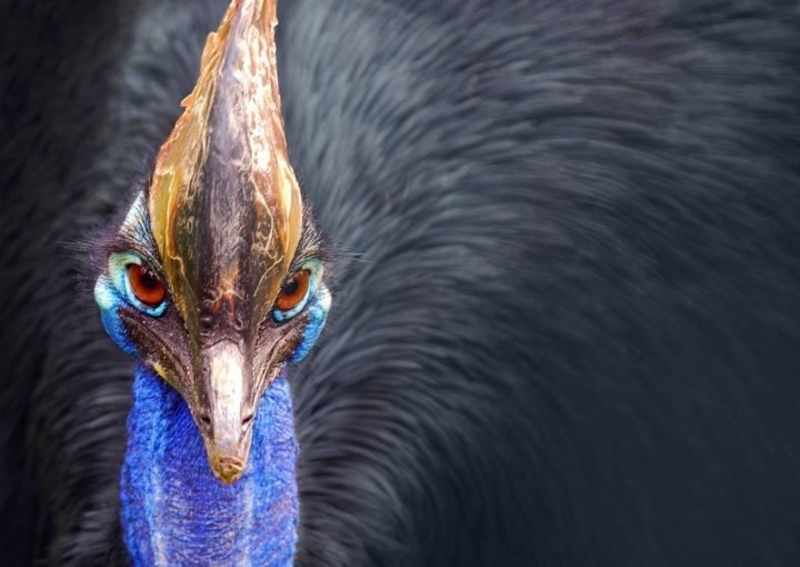
They can charge, kick and claw you to death. Basically, you don’t want to be face to face with one.
Giant Asian Hornet
Also known as the yak killer, this is one of the most dangerous of Japanese Hornets and the world’s largest one. It is native to temperate and tropical Eastern Asia and lives mostly in low mountains and forests.
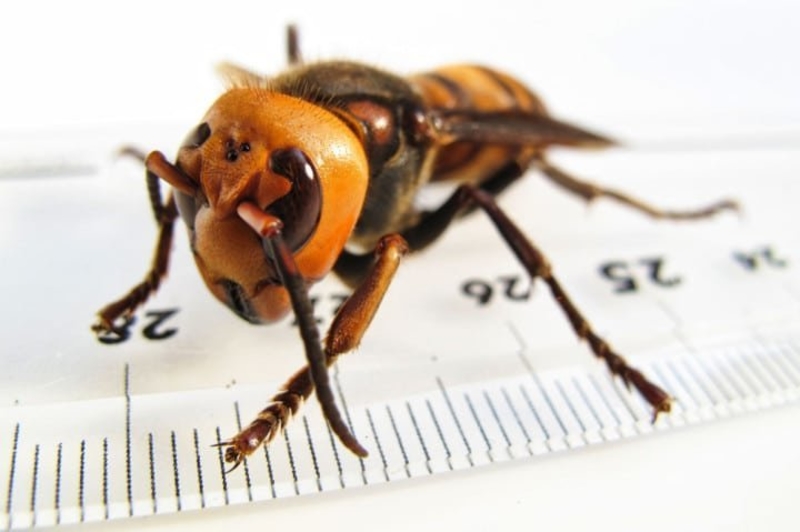
They are characterized by their light orange head, brown antennae and yellow-orange base. Their stinger injects a very potent venom that can cause severe tissue damage. Every year in Japan, they are responsible for 30-40 human deaths.
Wolverine
Powerful and fearless, this animal is an excellent fighter and will fight to the death… of its enemy.
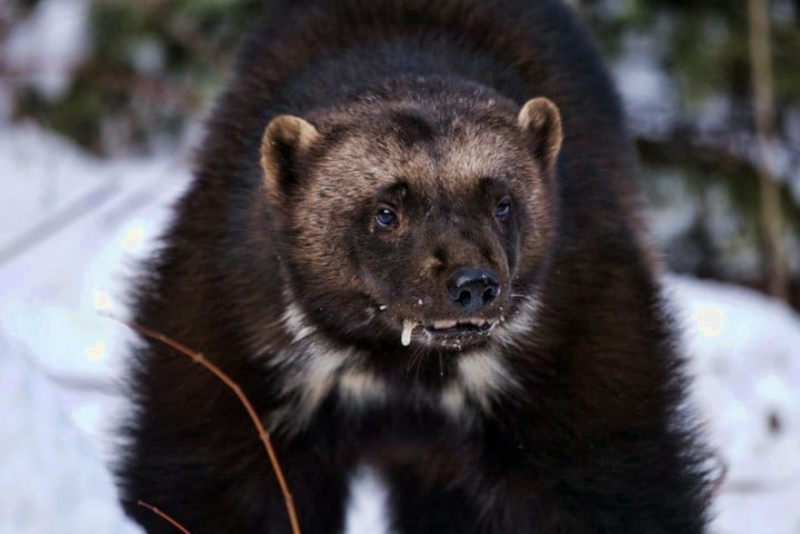
Despite its size, it is a fierce and strong animal, and it is able to kill animals much bigger than itself. They are solitary animals who live mostly in the arctic.
Slow Loris
This adorable creature is unfortunately quite dangerous. The slow lorises have a very poisonous bite which they generate by licking a gland on their arm, and the secretion is activated when they mix it with their saliva. Their bite keeps predators at bay and they protect their infants by applying it to fur during grooming.
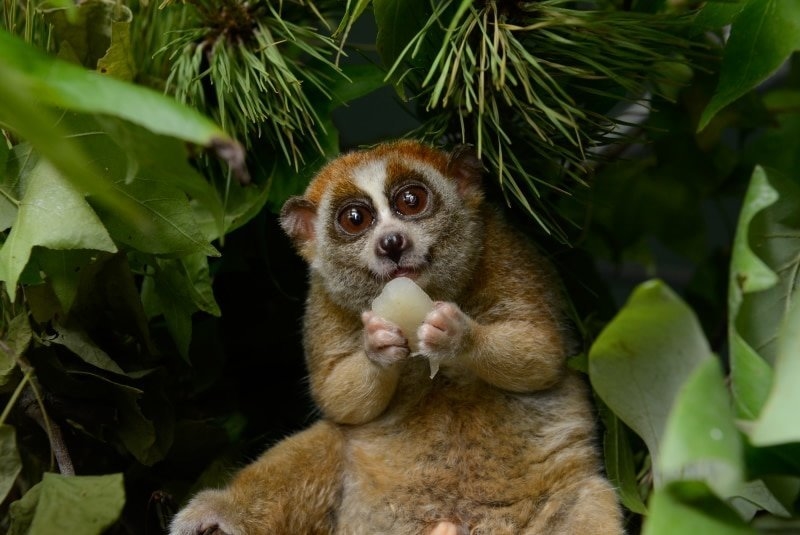
They are found in Southeast Asia and bordering areas. Their hands and feet have several adaptations that allow them to grasp branches for long periods of time. They are slow-moving and quiet animals, and when they’re threatened, they freeze immediately.
Rhinoceros
You probably can’t outrun this large mammal, unless you can run faster than 40 mph. This animal has poor eyesight and is easily startled. Even the slightest movement can make them pounce and attack. Although tough animals, rhinos are easily poached, especially while visiting water holes to drink from.
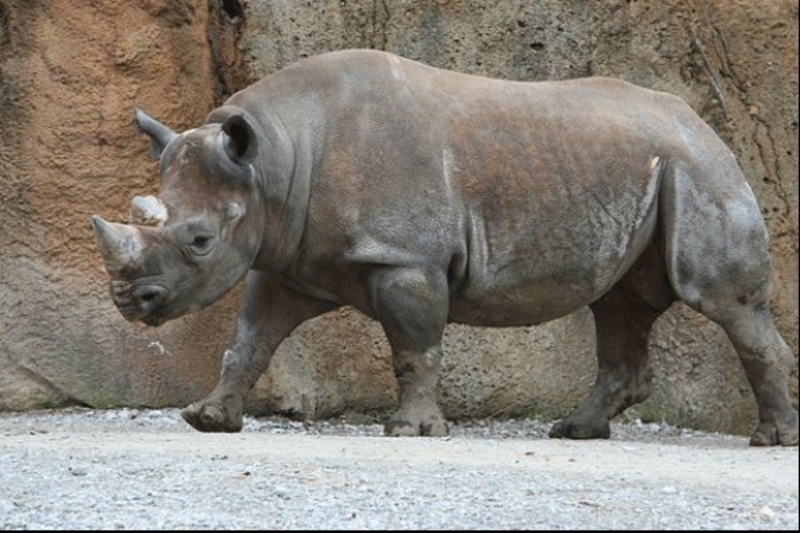
They are sought out by some humans for their horns, which are sold on the black market and used by some people as decoration or traditional medicine, especially in Vietnam and other East Asian countries.
Tapeworms
Tapeworms live in the intestines of larger animals. Humans can catch tapeworms by eating undercooked meat which comes from infected animals such as pork, beef, and fish. You can also catch tapeworms by eating food prepared in unhygienic circumstances. These small, flat worms can grow in your body by eating the food you consume. The beef tapeworm can grow up to 65 feet.
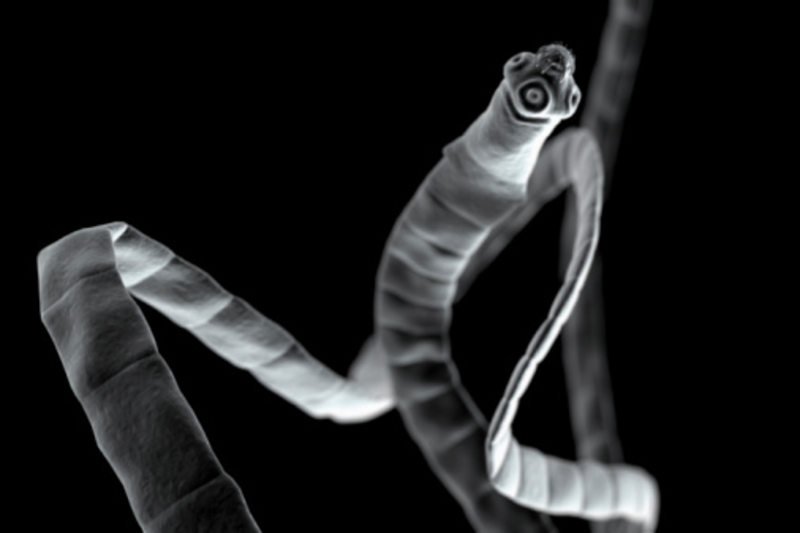
They can cause serious damage to your organs and in some cases, death. The most dangerous are Pork tapeworms, which can seriously affect your organs and cause damage. Symptoms may be few or none at all, or they can actually include abdominal pain, nausea, diarrhea, and weight loss.
Carpet Viper
This snake causes the majority of snake related deaths in the world and is found in less developed areas that lack medical care, such as dry regions of Africa, the Middle East, Pakistan, India, and Sri Lanka. It uses a hemotoxin which is similar to a boomslang.
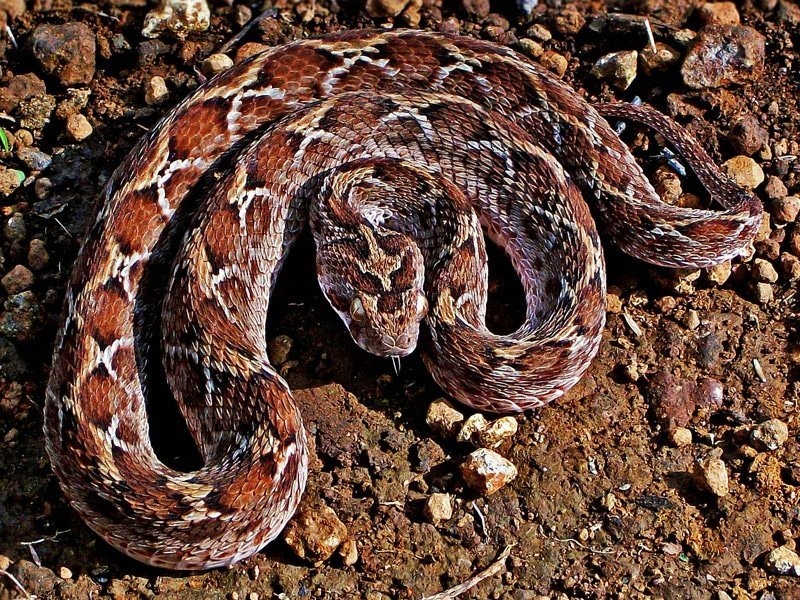
They also produce a sizzling warning sound by rubbing parts of their body together. Snakes are active at night, biting most of their victims during these hours. The outcome? Victims bleeding to death for several weeks.
Saltwater Crocodile
This crocodile uses a crazy killing method called the “death roll.” It rolls its kill over and over in the water until it drowns. It is extremely powerful and fast. Its diet is very vast, eating anything from water buffalo to sharks. It is the largest of all living reptiles, with males reaching a length of 7 meters.
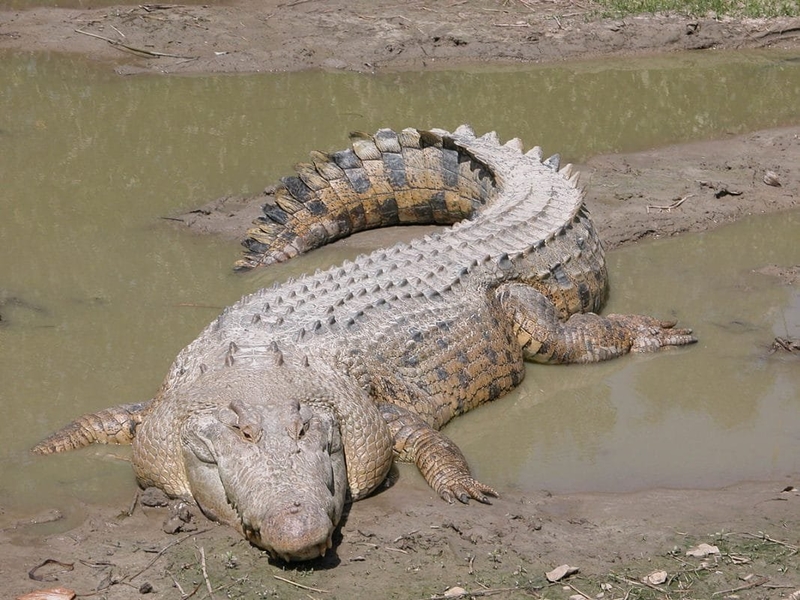
They live in marine environments, usually in mangrove swamps, estuaries, deltas, lagoons and lower stretches of rivers. They are widely distributed and range from the eastern coast of India throughout most of Southeast Asia and northern Australia. They are known to attack humans, so refrain from venturing into their territory.
African Lion
Fortunately, lions don’t usually feast on human meat. However, sometimes they do seek out humans. In 1898, a lion killed 28 railway workers in Kenya over a nine-month period.
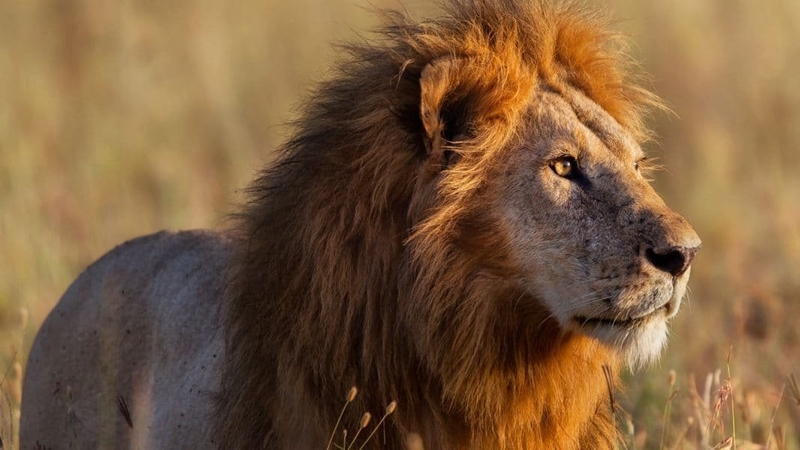
Males are larger than females, and typically weigh 330 to 550 Ibs. Their mane is their most distinguishing quality. They usually live in grasslands and savannas.
Black Mamba
The Black Mamba is an extremely venomous snake and commonly regarded as the most dangerous and feared snake in Africa. Rumor has it that this animal is aggressive, quick and attacks for no reason. It is also known as the “death incarnate.” The length of adults, which may exceed 2 meters, makes them the longest species of venomous snake that is native to Africa.
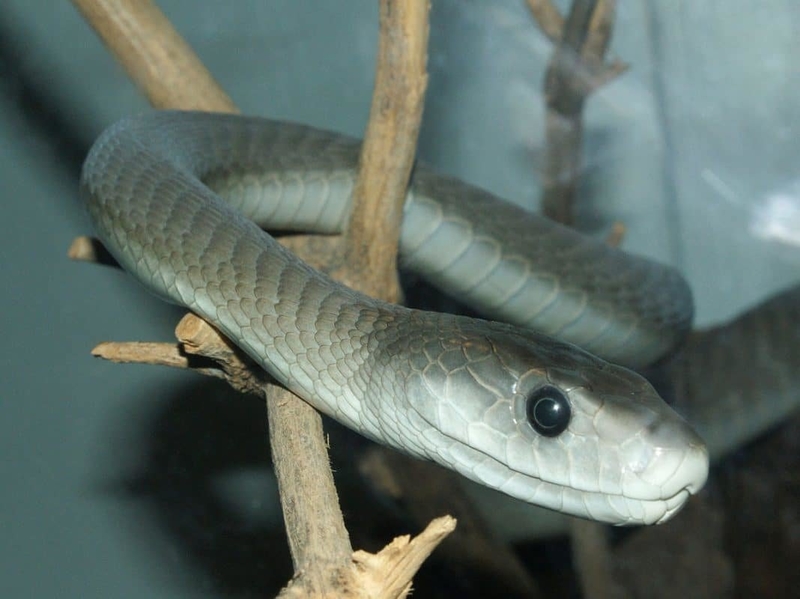
Their venom is super toxic, and one bite can deliver 100-120 mg of venom. Fortunately, attacks on humans are rare as they don’t often go to highly populated areas.
Humans
You probably weren’t expecting this one on the list, huh?

Humans kill both other humans and animals, sometimes for no reason at all.
DeathStalker
With a creepy name like that, this venomous scorpion is super dangerous.
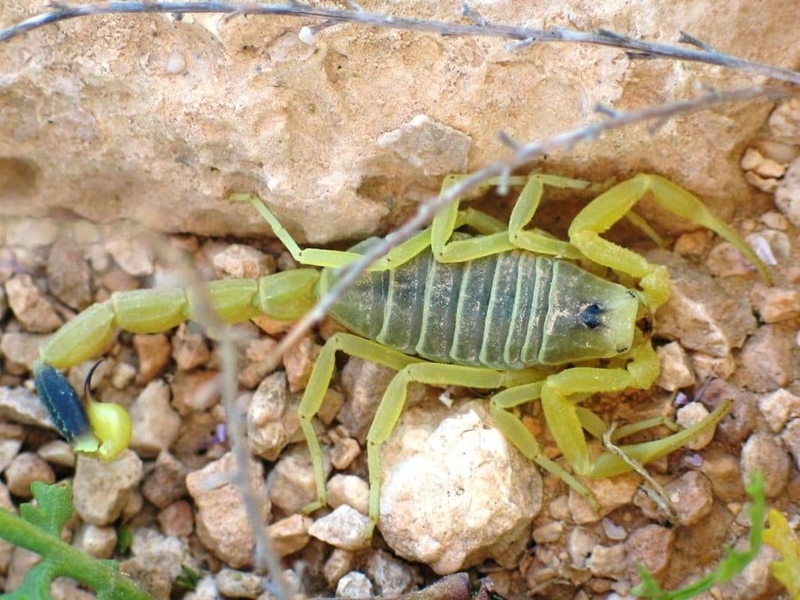
Causing horrible pain to adults, and fever, coma, convulsions, and paralysis in children, this scorpion is found in areas of North Africa and the Middle East, and it is responsible for 75% of scorpion related deaths every year.
Black Spitting Thick Tail Scorpion
This nocturnal scorpion poisons their victims by stinging or spraying them. They are characterized by their super thick tail. They are found in dry parts of southern Africa and are also known as the thick-tailed scorpion, dark scorpion or giant deathstalker.
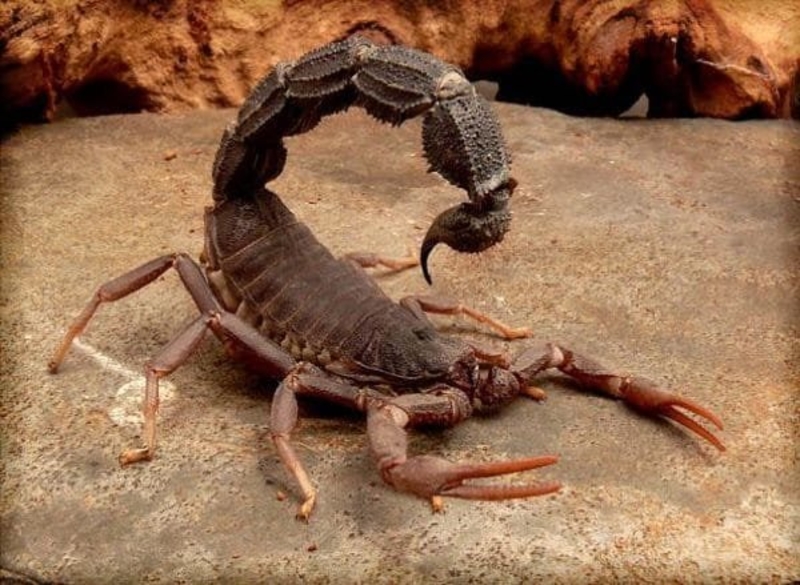
Be careful because they are easily frightened and cause many deaths every year.
Fleas
Usually more of an irritation than a source of death, flea bites can sometimes become infected, in which case they can be deadly. You mostly need to worry about the diseases they carry with them. As external parasites of mammals and birds, they live by consuming the blood of their hosts using mouthparts which have been fitted for penetrating the skin and sucking blood.

They don’t have wings, but they have hind legs adapted for jumping, which allow them to jump a crazy distance 50 times their body length. They are one of the best-known jumpers out of the entire animal kingdom, relative to their body size.
Deep Blue Irukandji Jellyfish
An extremely venomous jellyfish that is small in size, but nevertheless deadly.
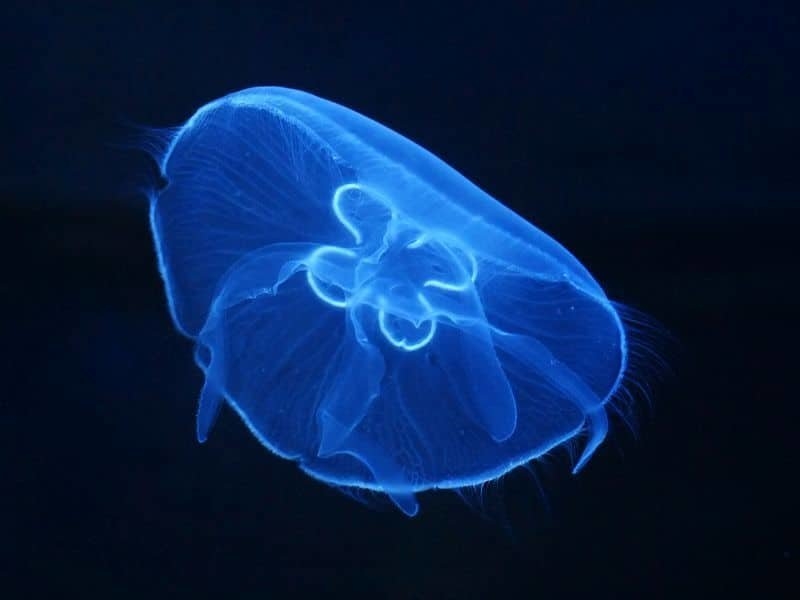
Its blue color is a warning that it is seriously poisonous.
Cone Snail
Also known as the “cigarette snail,” this little thing can kill 20 people with one drop of its venom. A sting by this animal leaves you just enough time to smoke one cigarette before dying. They are usually found in warm and tropical seas and oceans.
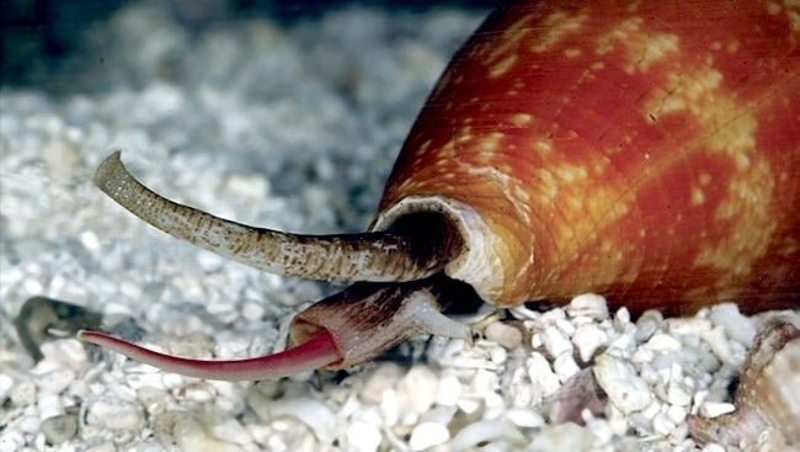
People are often attracted to their color and may want to pick them up. However, their sting will occur at random and is capable of penetrating the skin, gloves or wetsuits. Plus, there is no antivenom, so it is best that you avoid this lethal critter.
Deer Ticks
Another tick that spreads diseases, with these guys, you need to worry about Lyme disease.
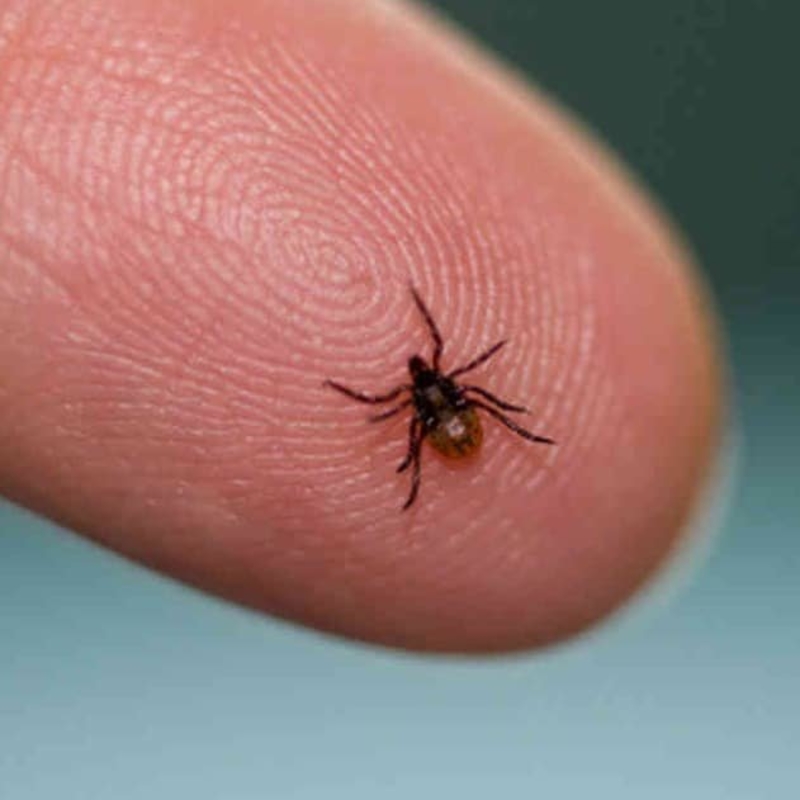
They are mostly found in forests in North America, so watch out for them. Fortunately, their preferred host is, of course, deer, but they are also known to feed on small rodents.
Army Ants
For such a small insect, their bites are anything but. One bite can affect your circulatory system, and they’ll eat just about anything.
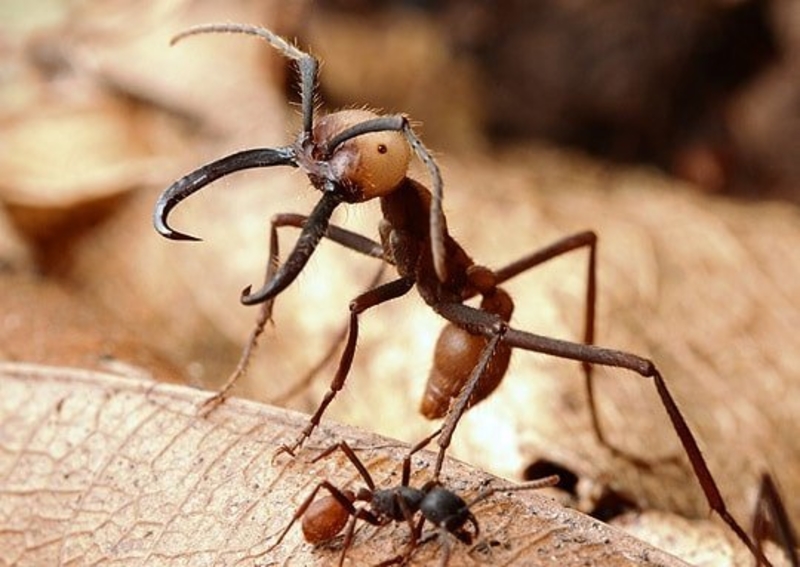
An army ant colony never stops moving over the time it exists. A little scary, isn’t it?

6 Great Dating Sites For Animal Lovers

Do Dogs Really See the World in Black and White?
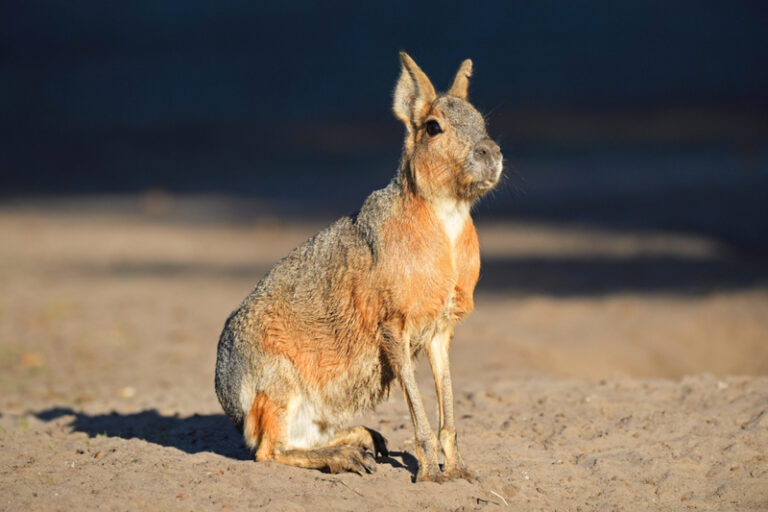
More Bizarre Animals That You Won’t Believe Actually Exist

Best Dogs for Apartment Living
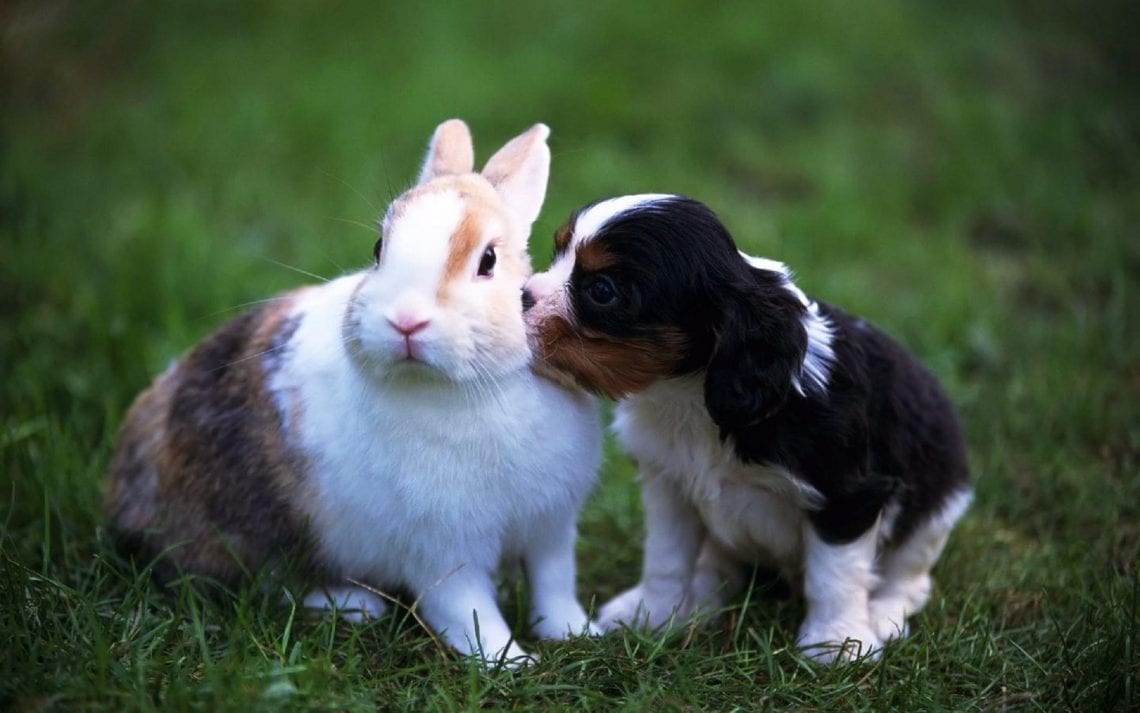
All About Pet Rabbits

All You Need To Know About Bull Dogs
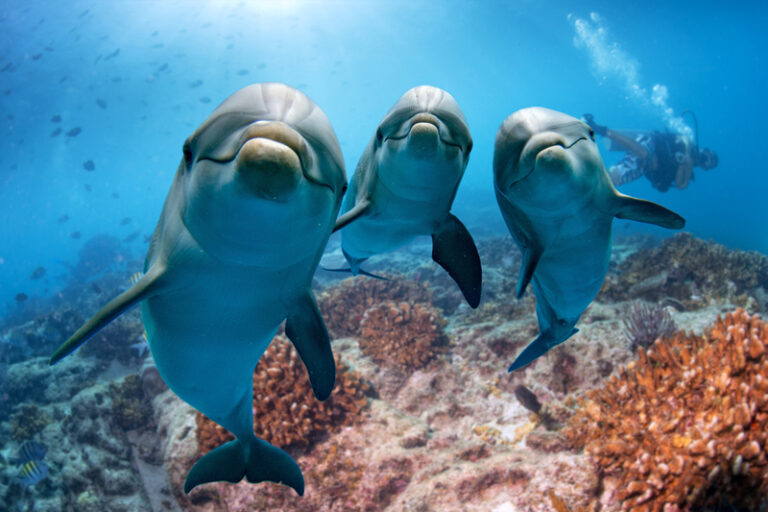
Adorable Creatures That Also Happen to Be Monsters
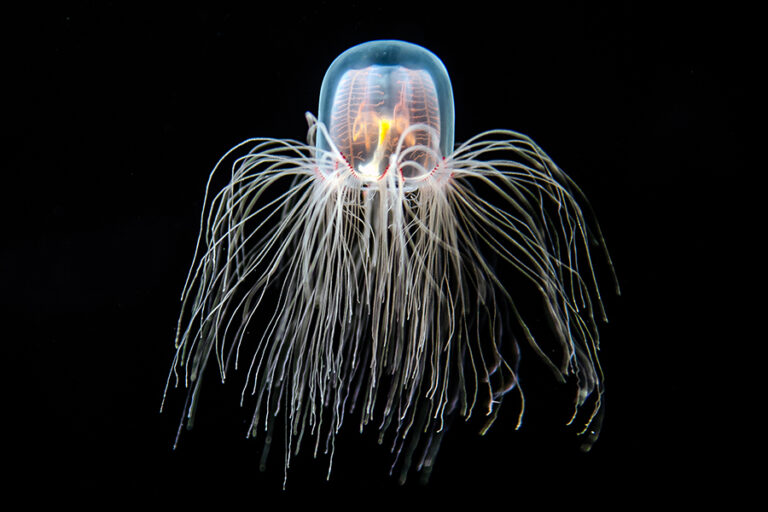
The World’s Longest Living Animals

From Great Danes to Saint Bernards, Do These Dogs Know How Big They Are?

The Hidden Meaning Behind Your Dog’s Behaviors




